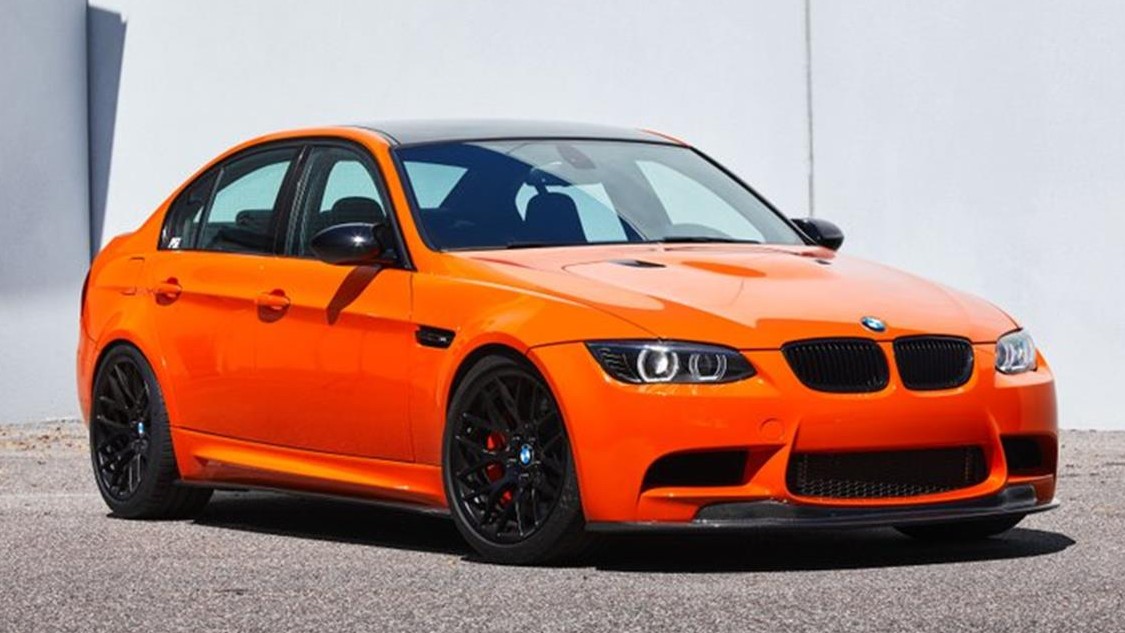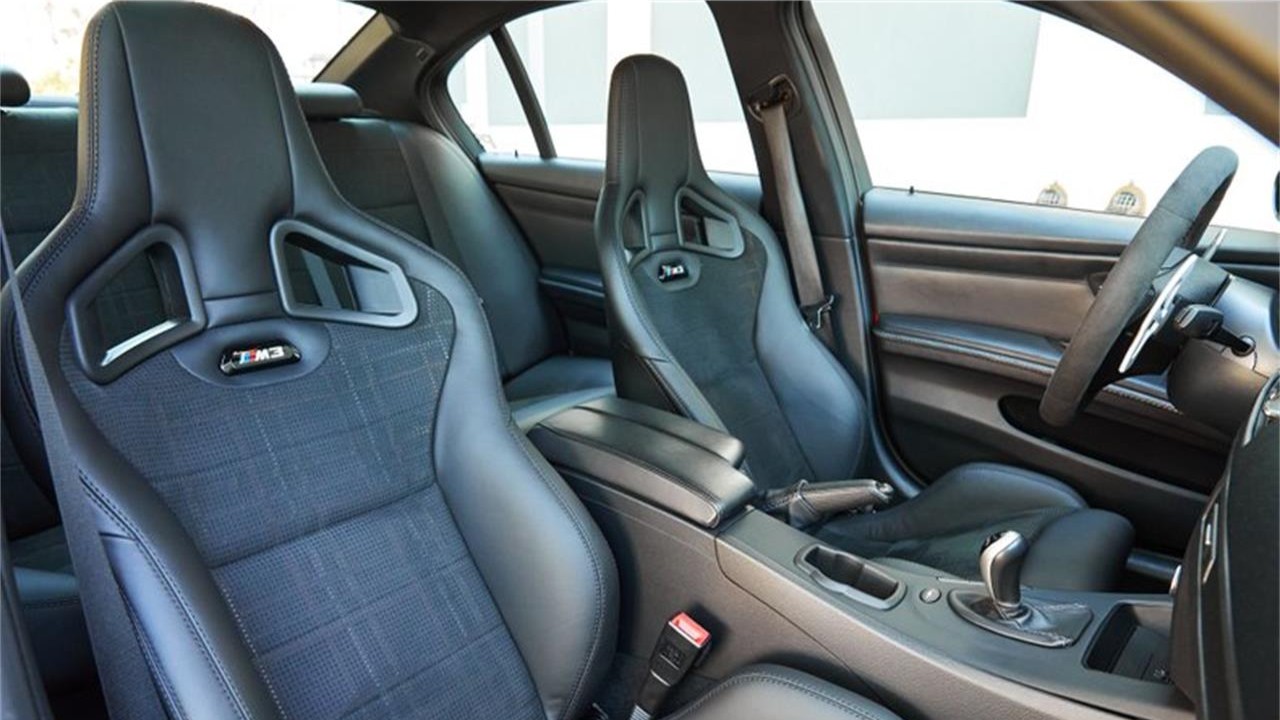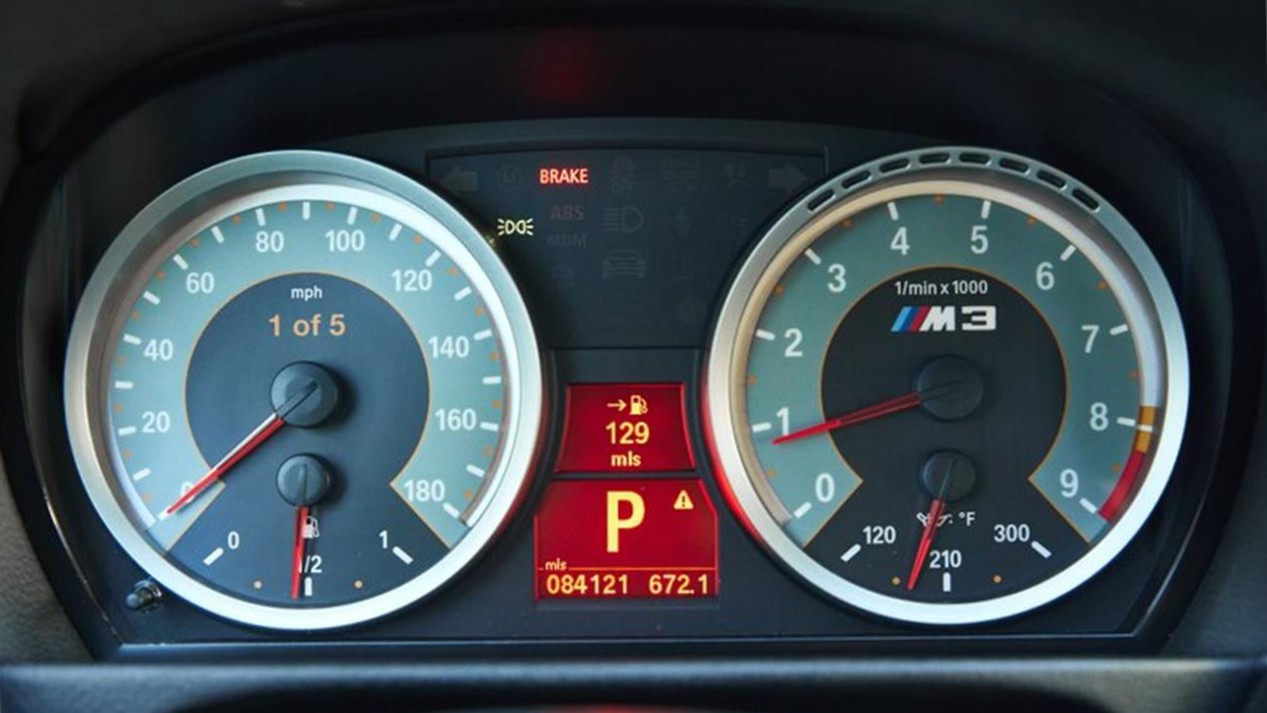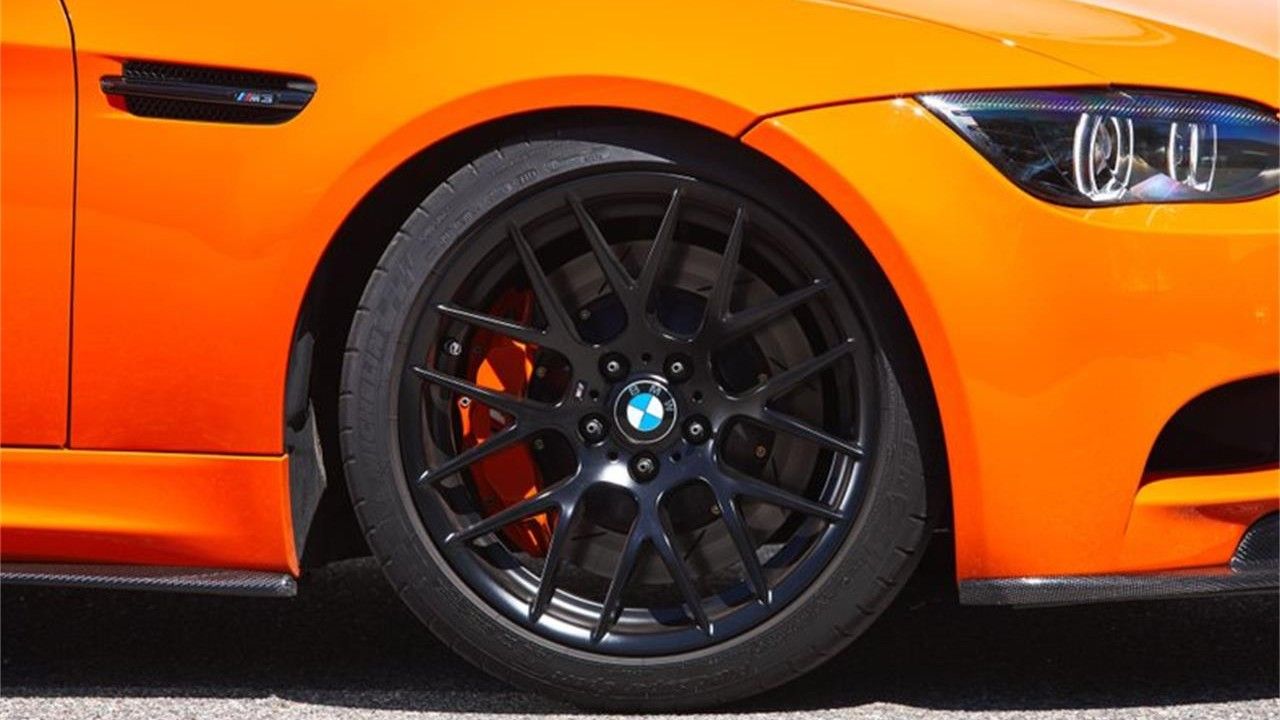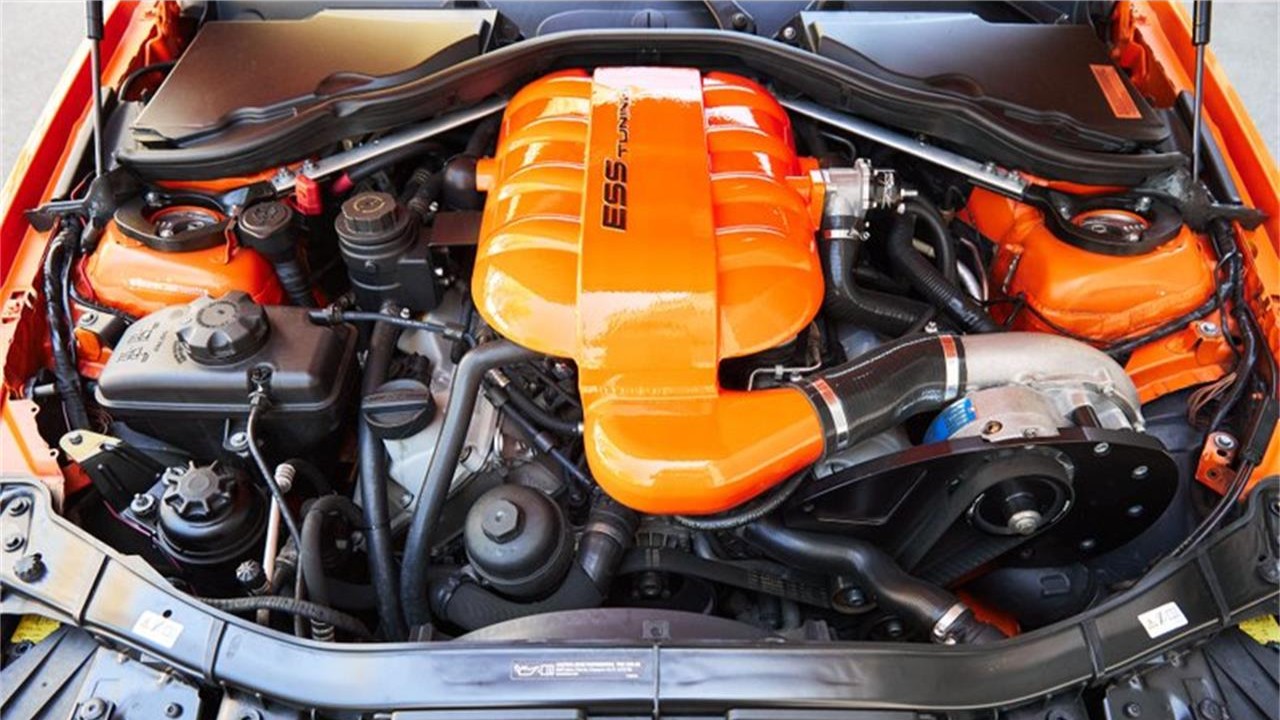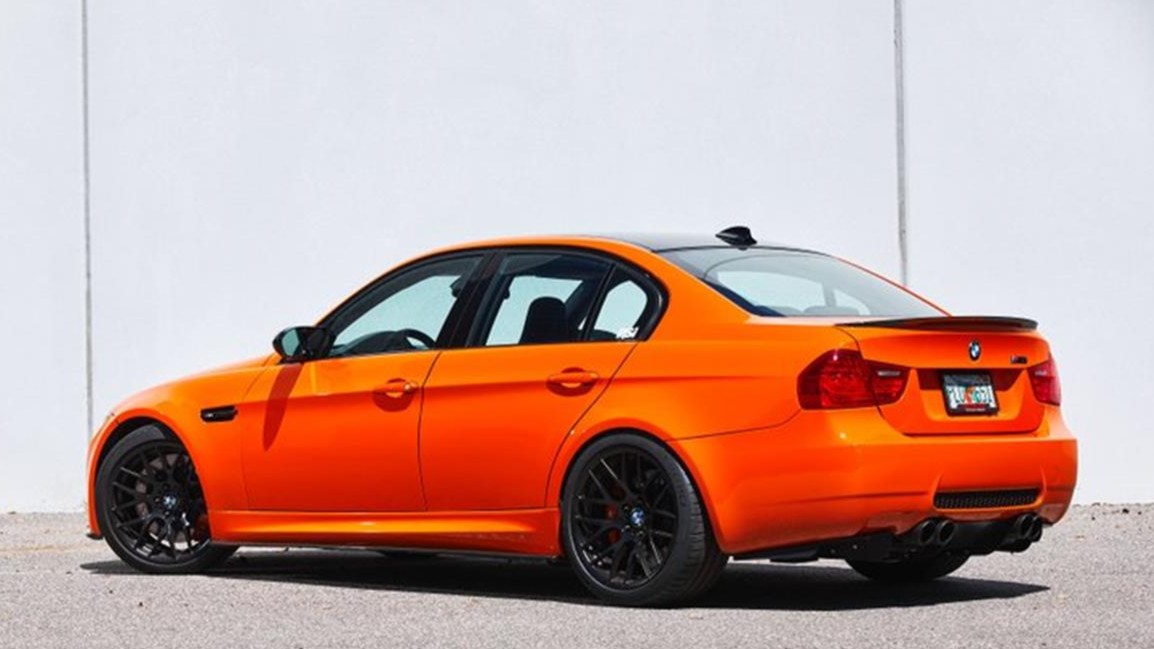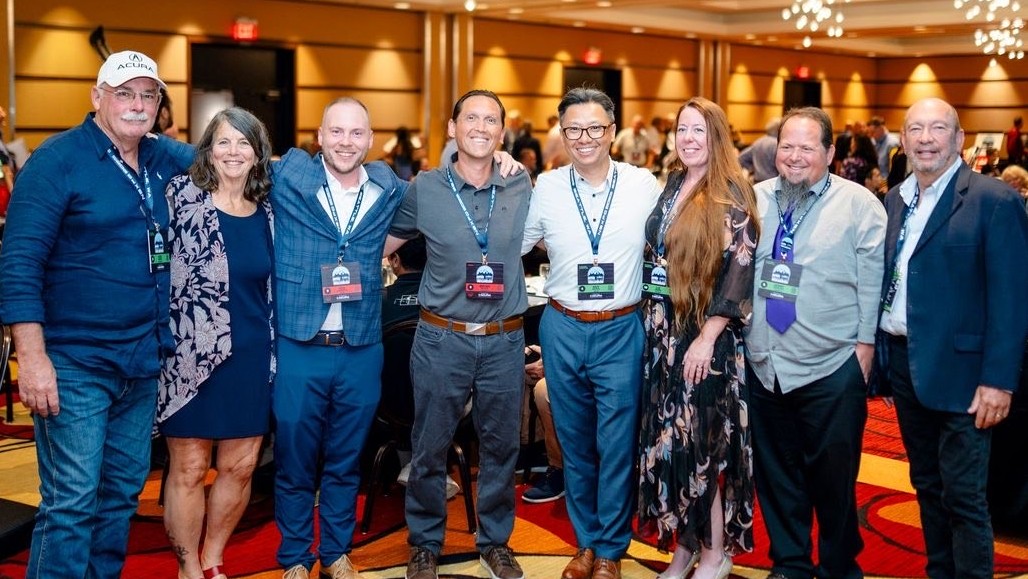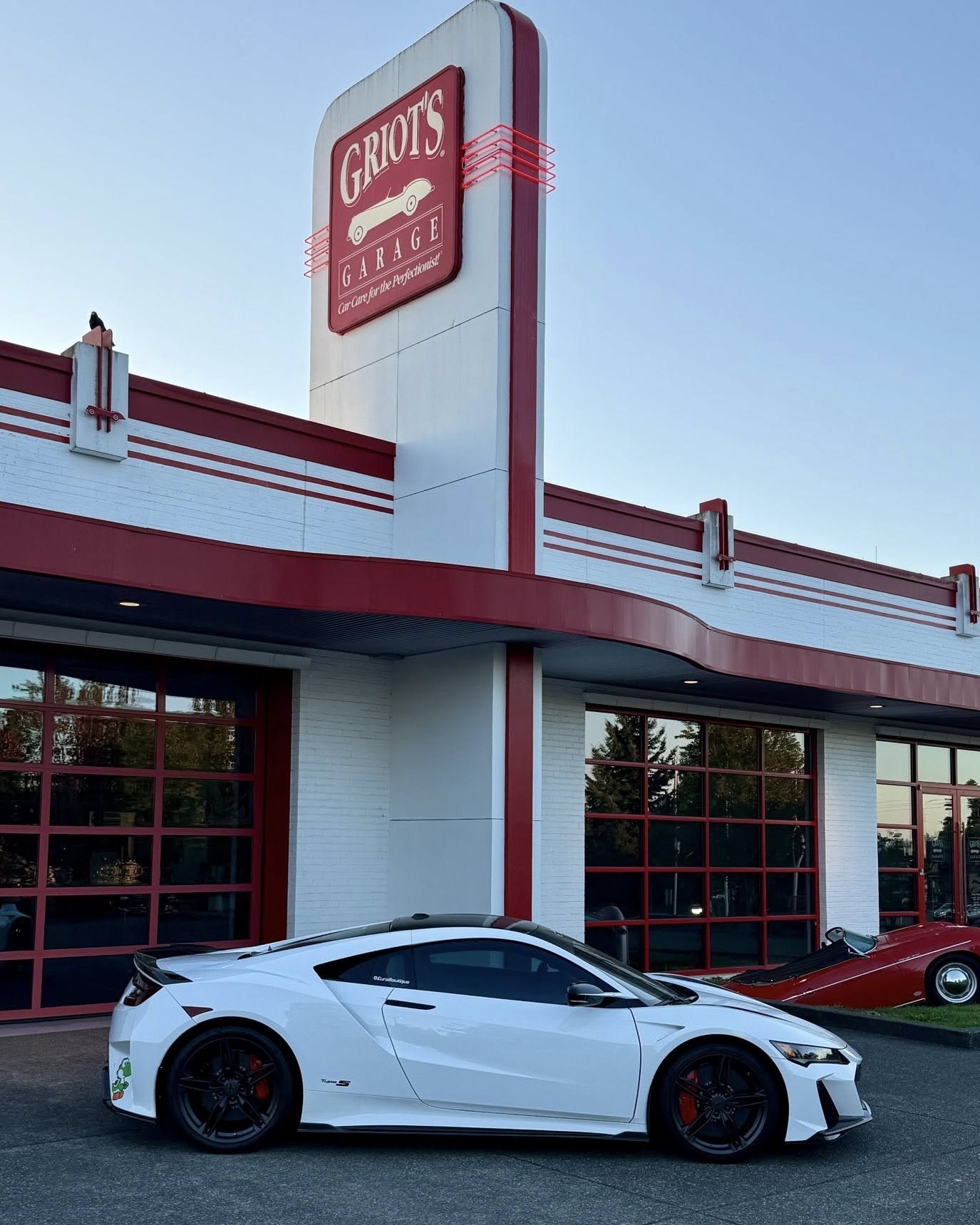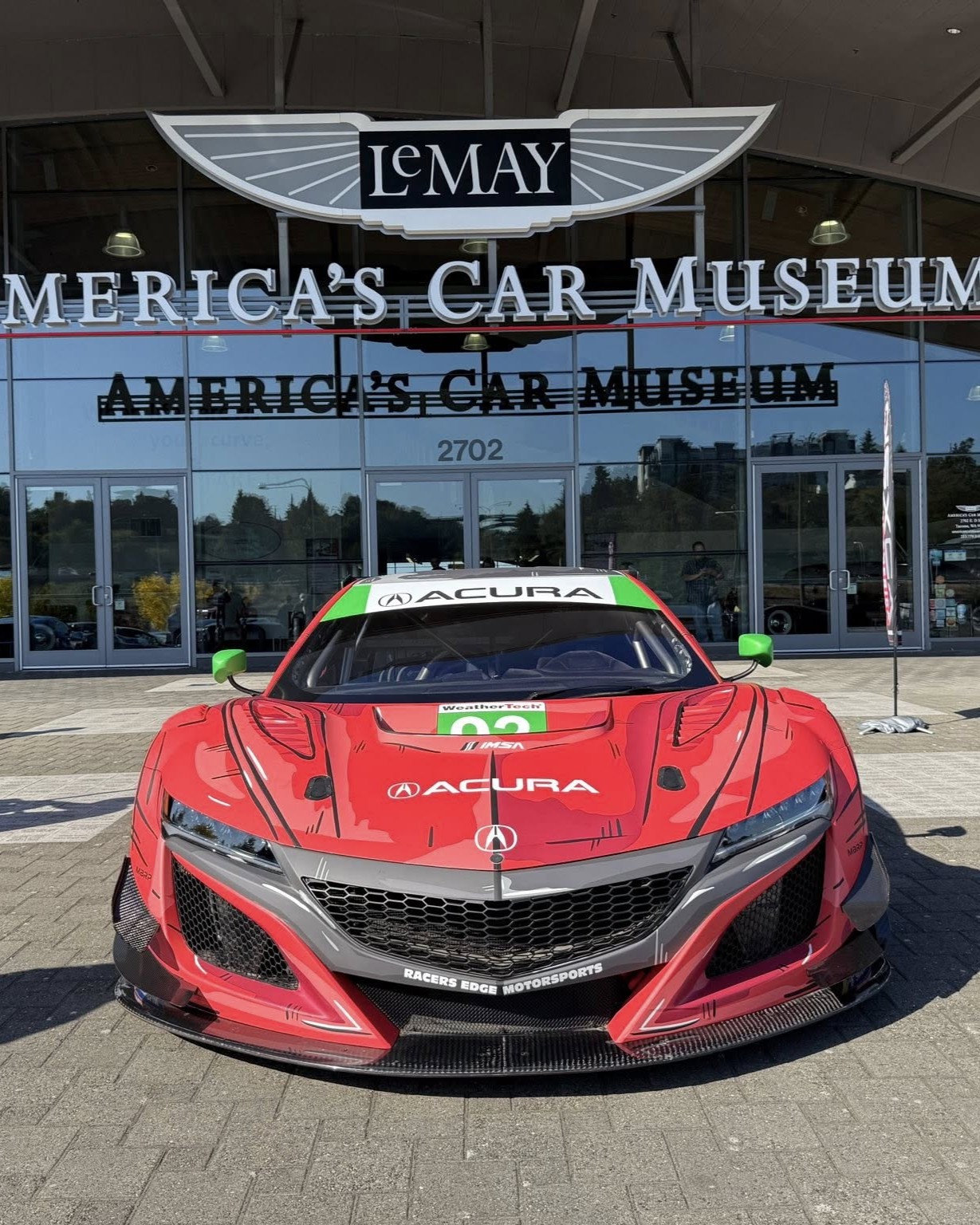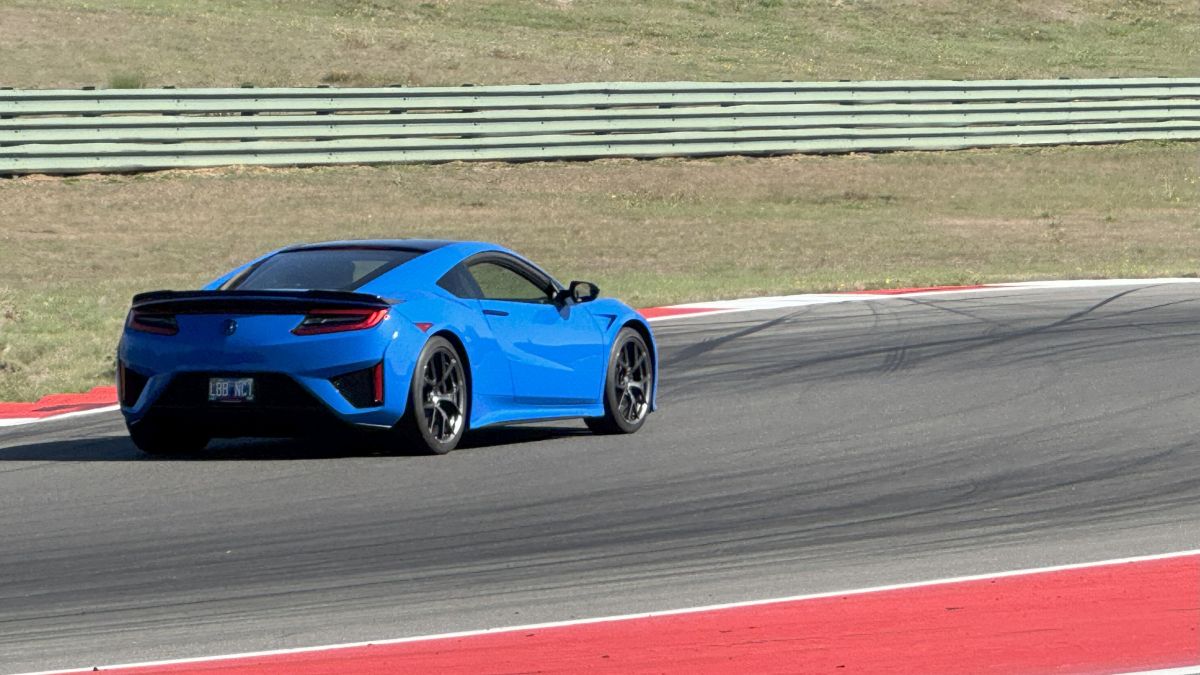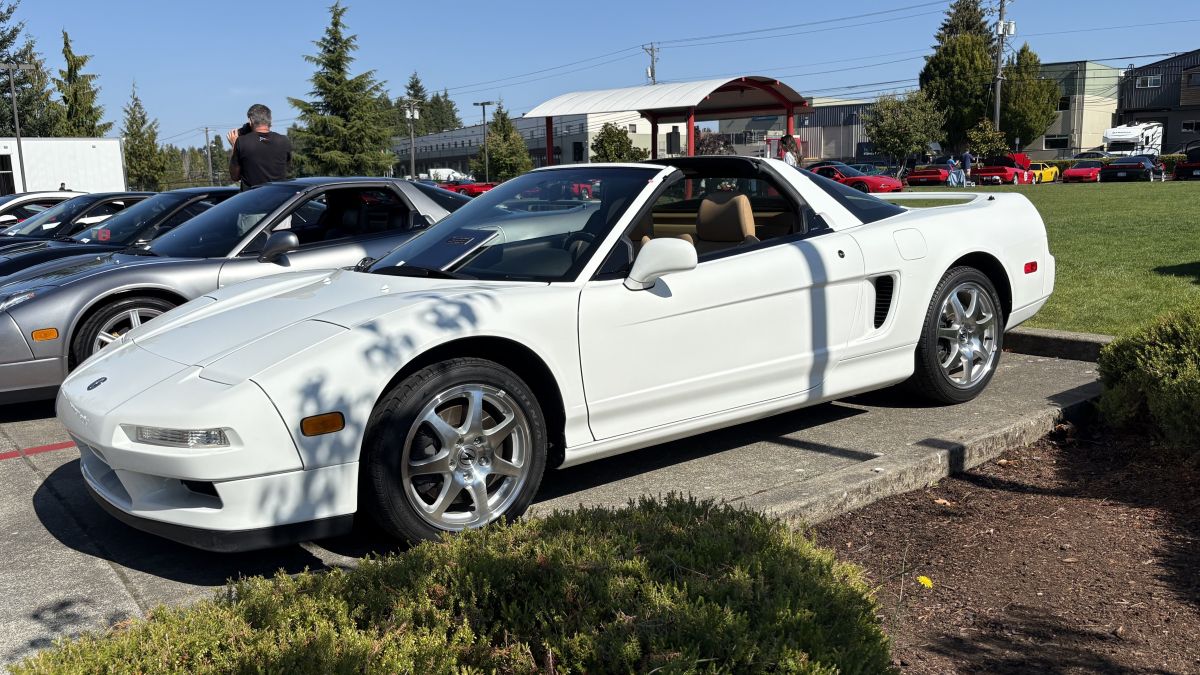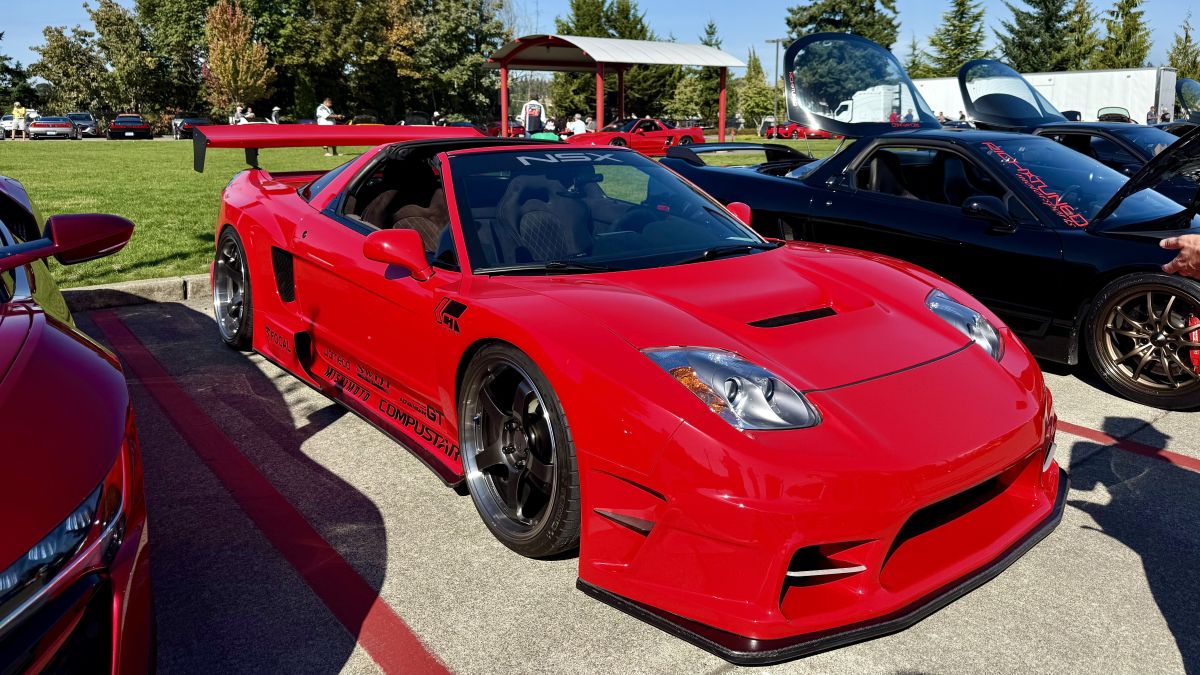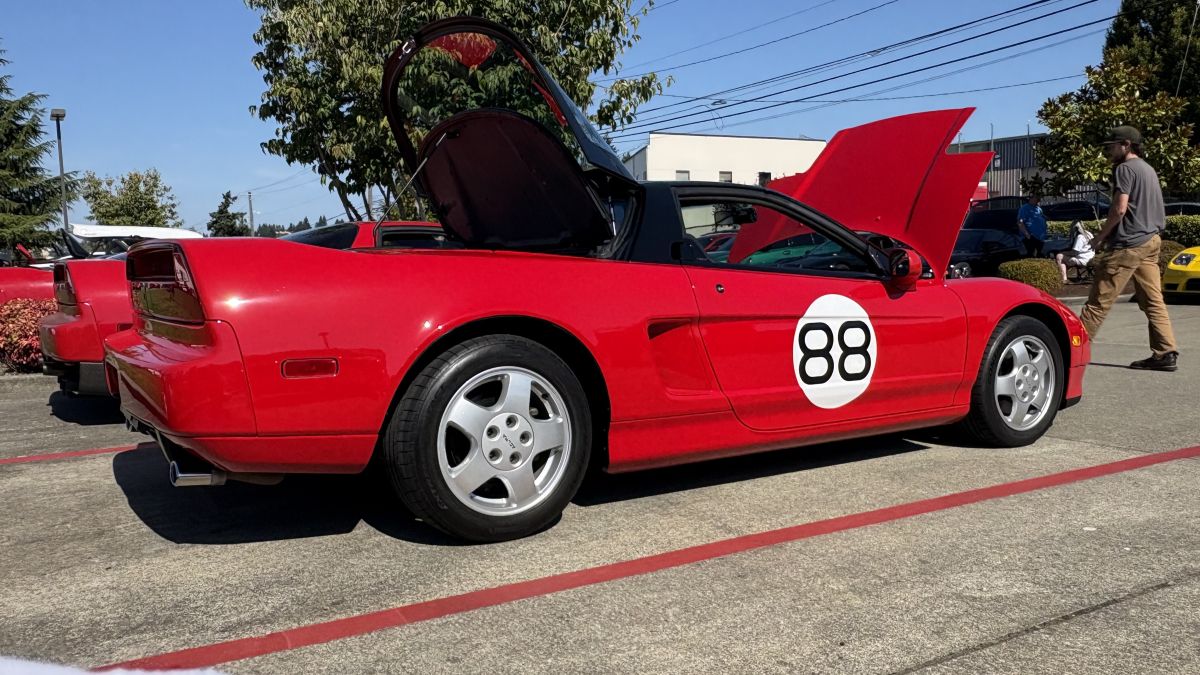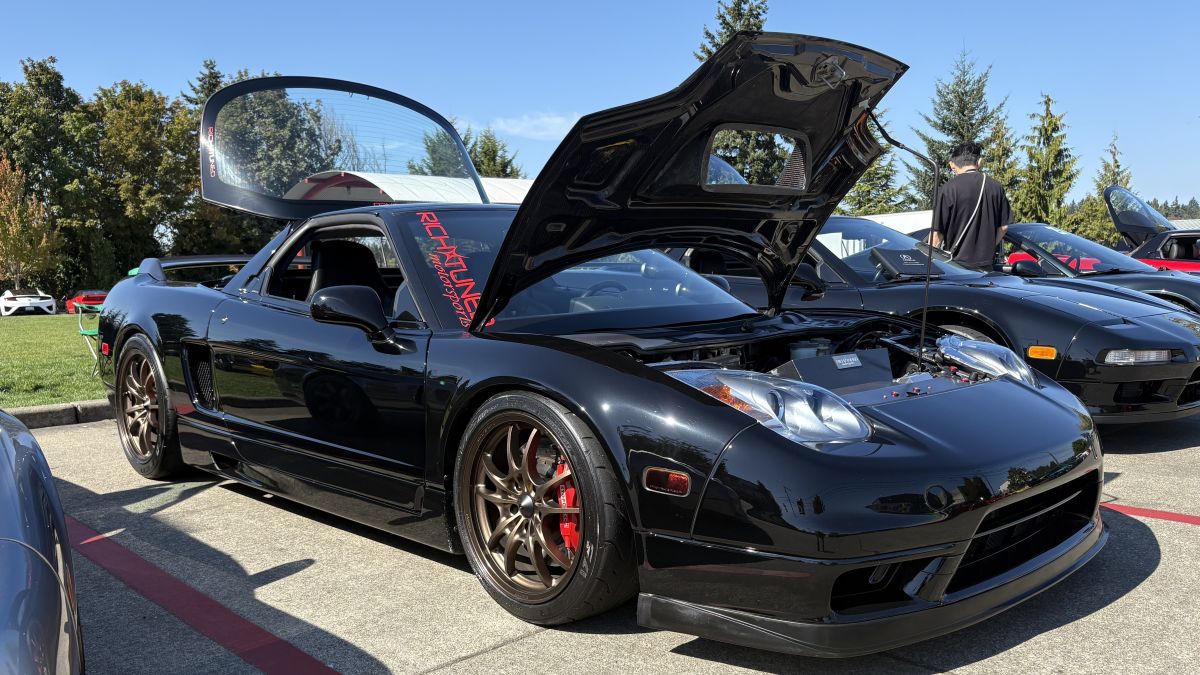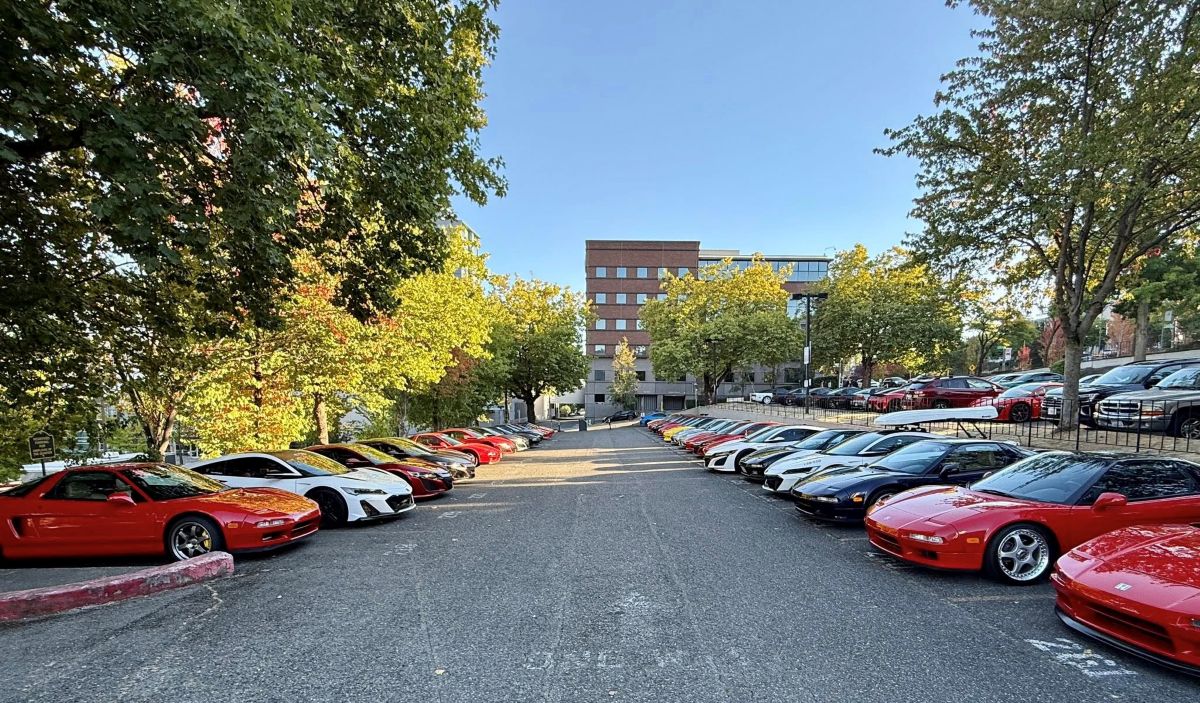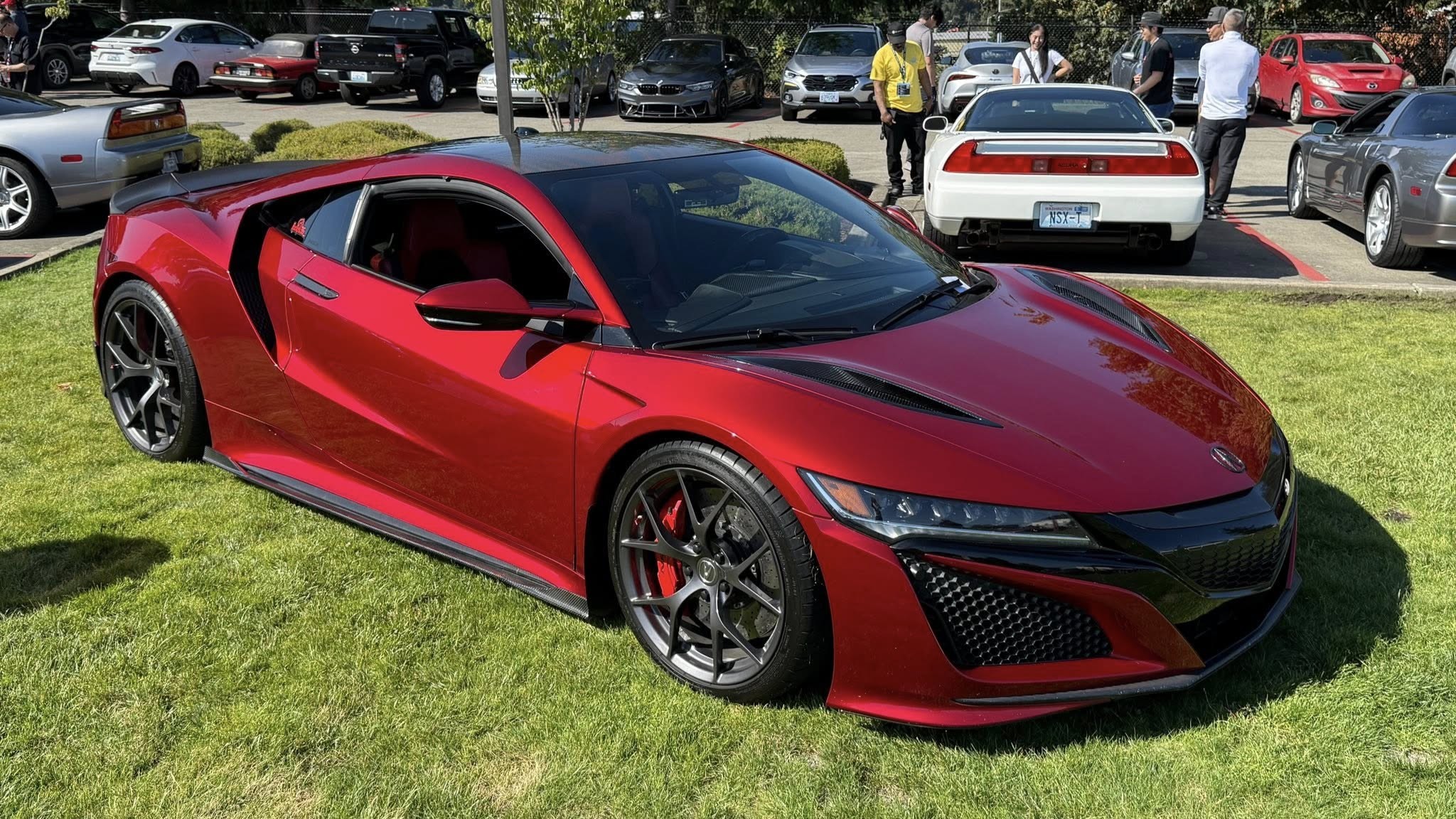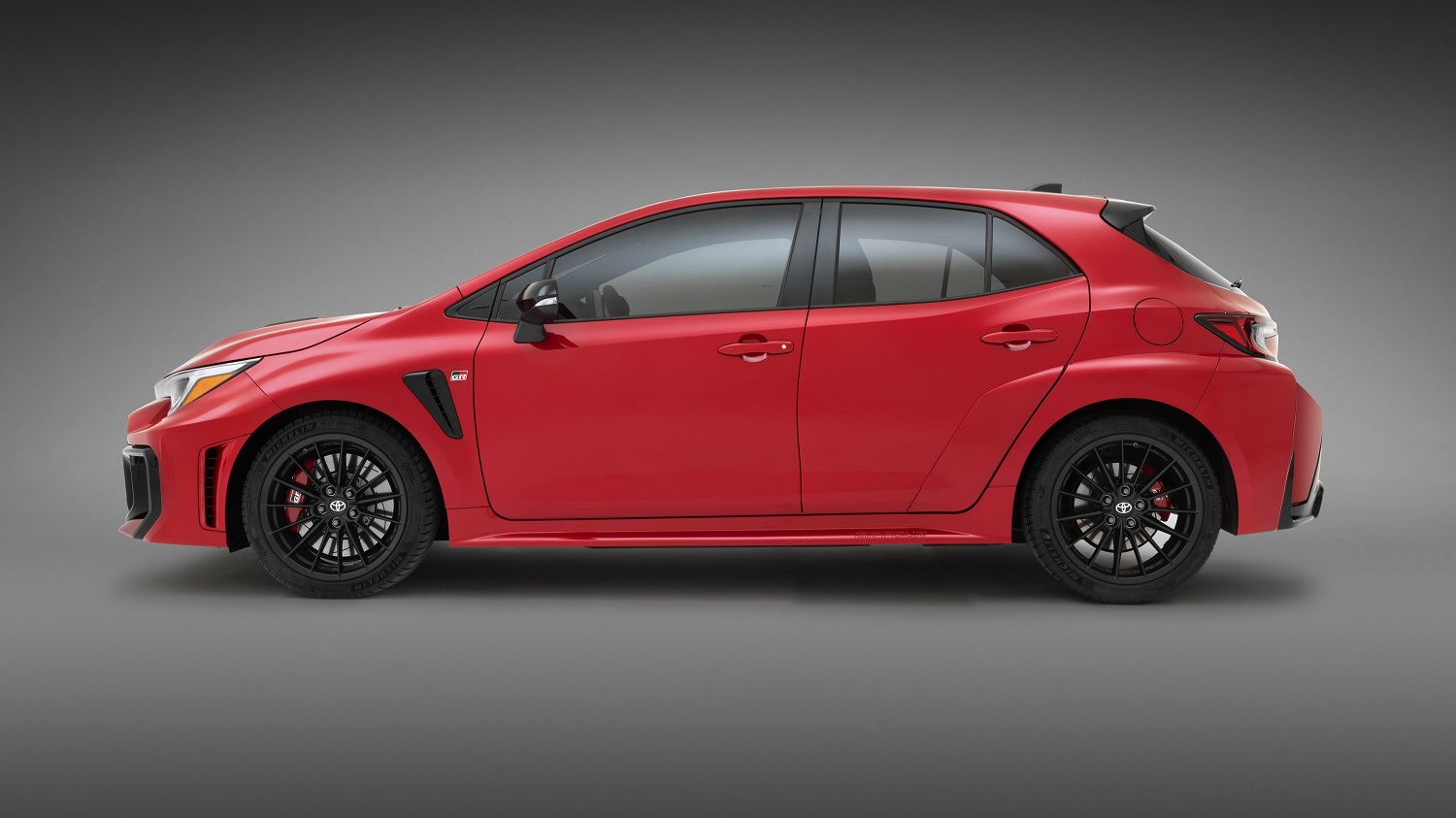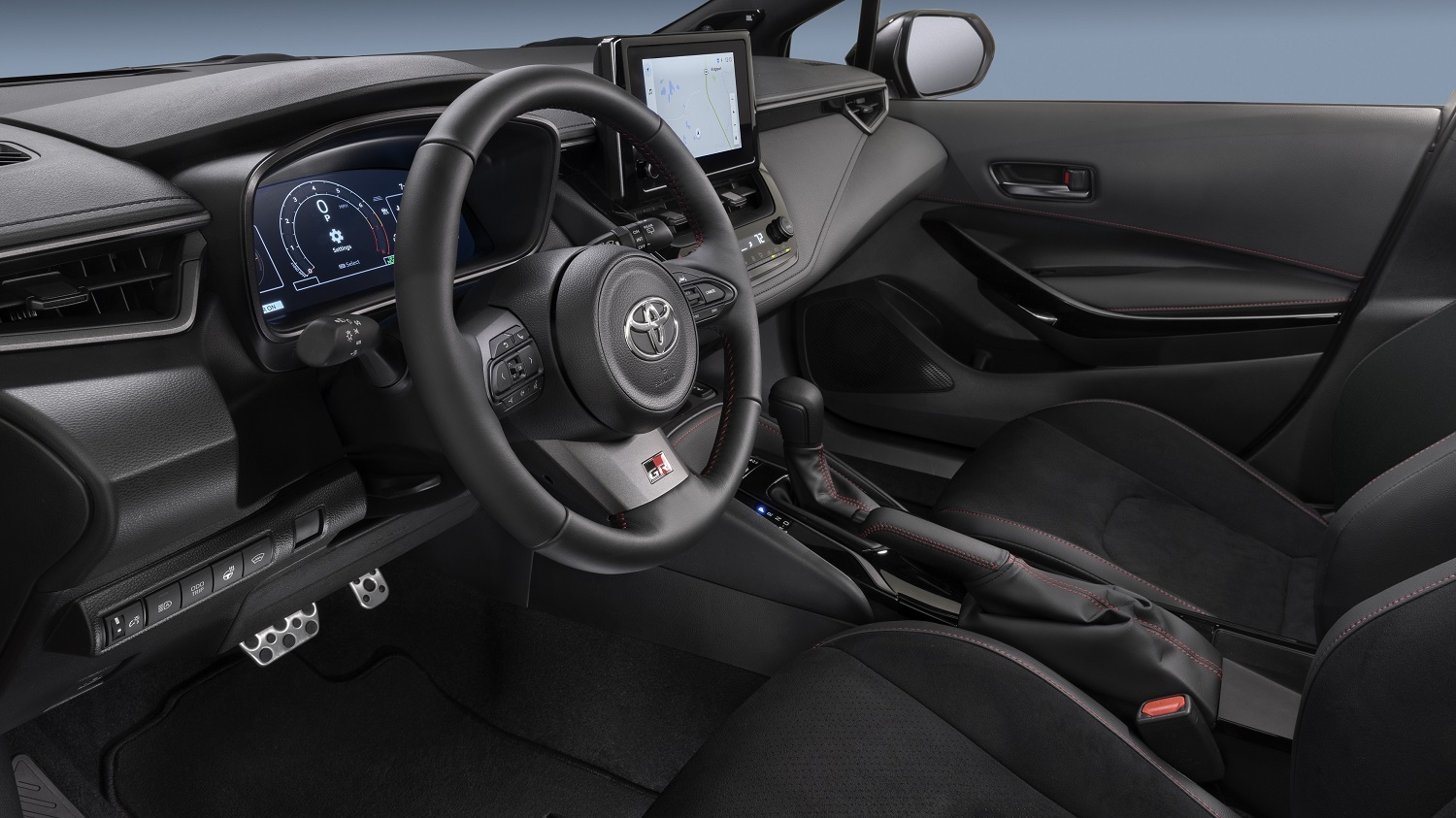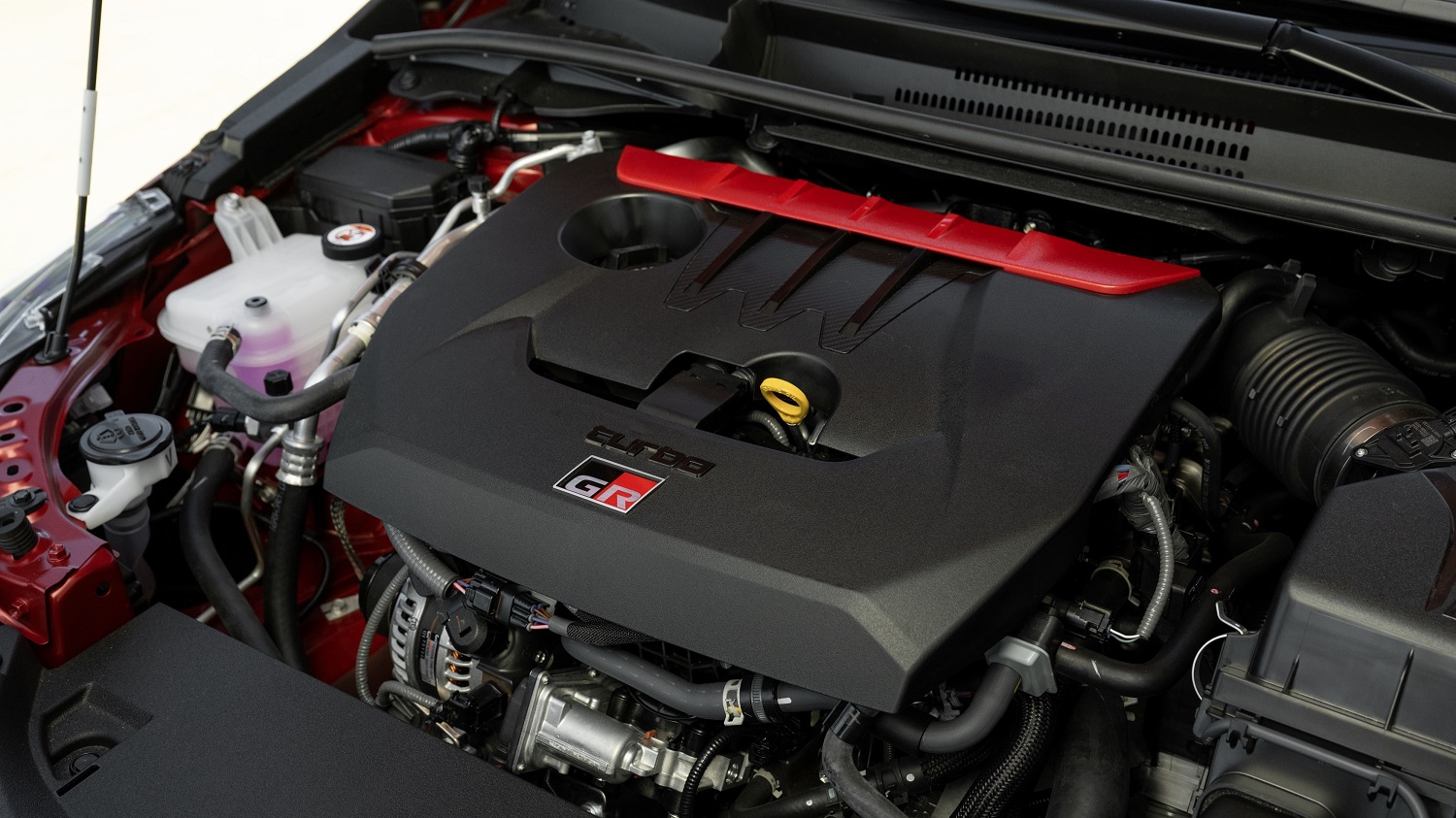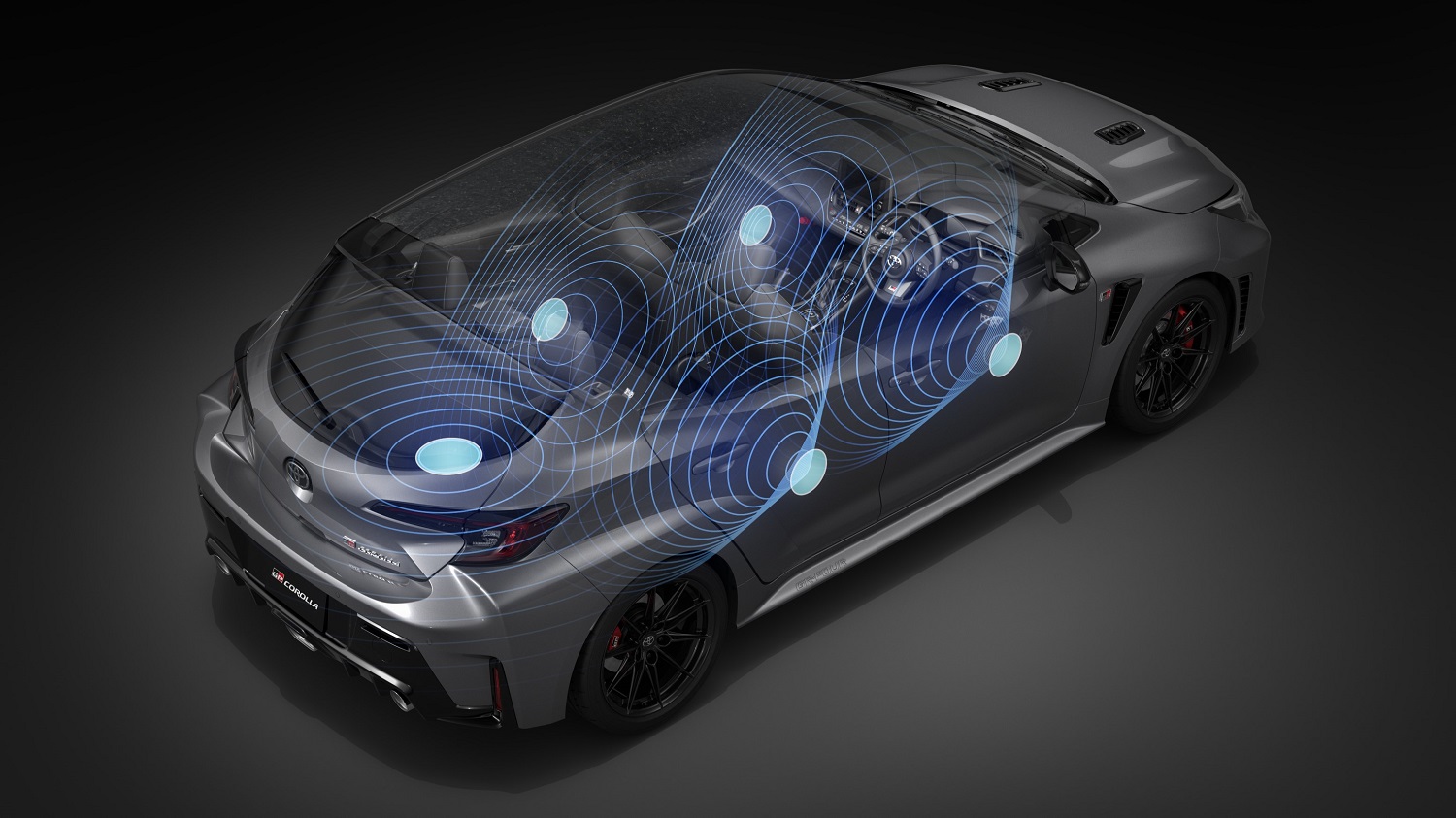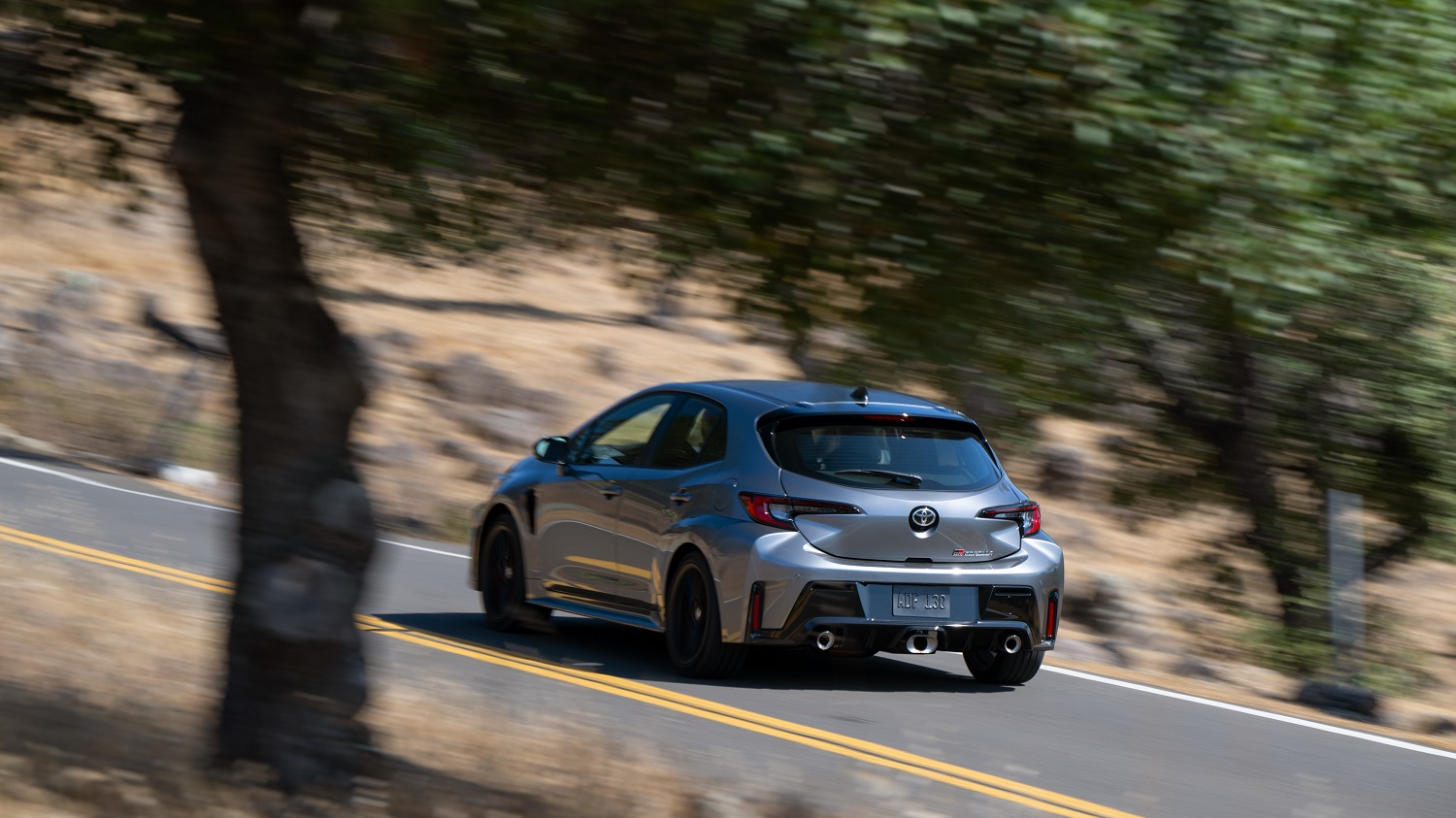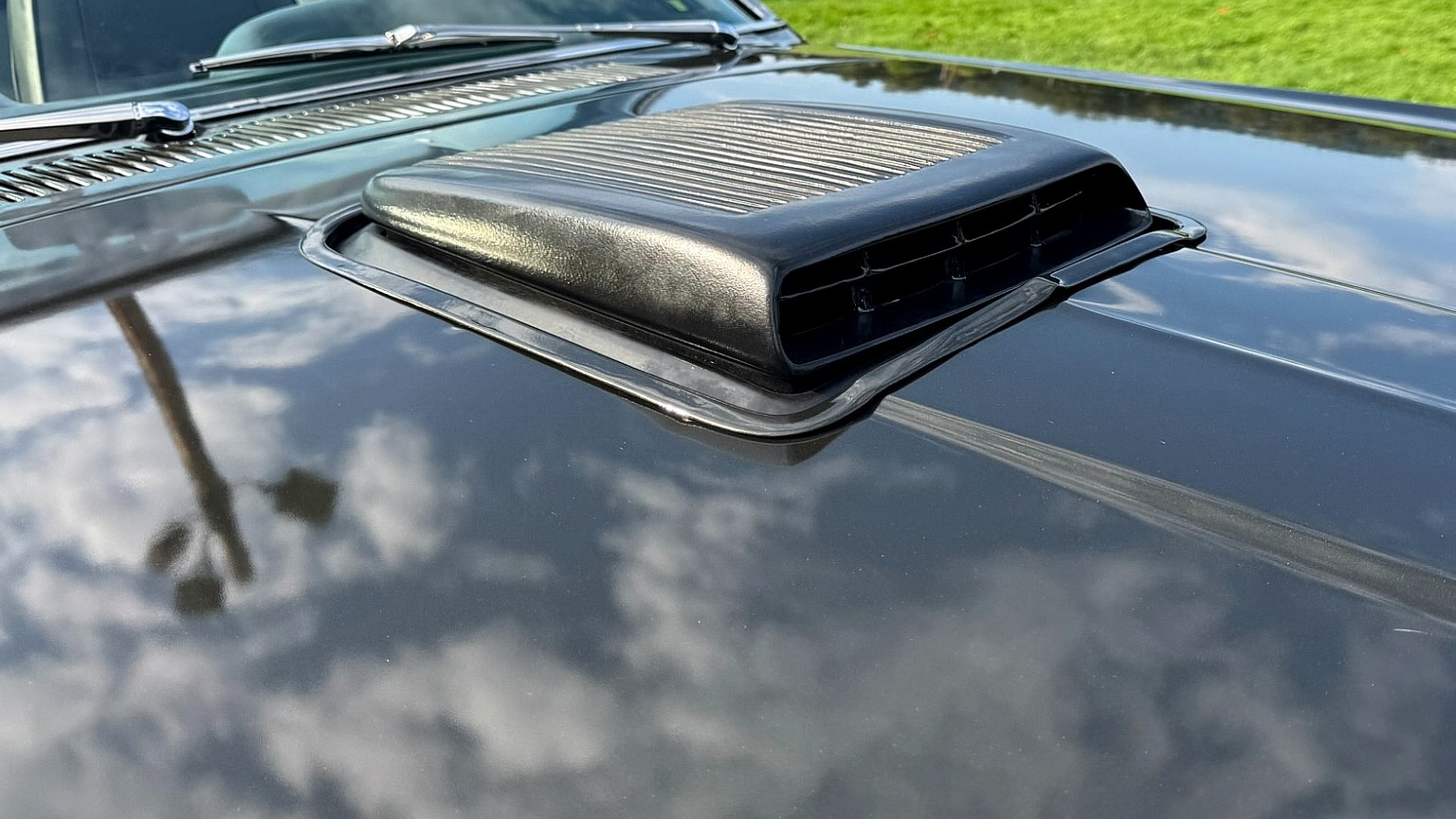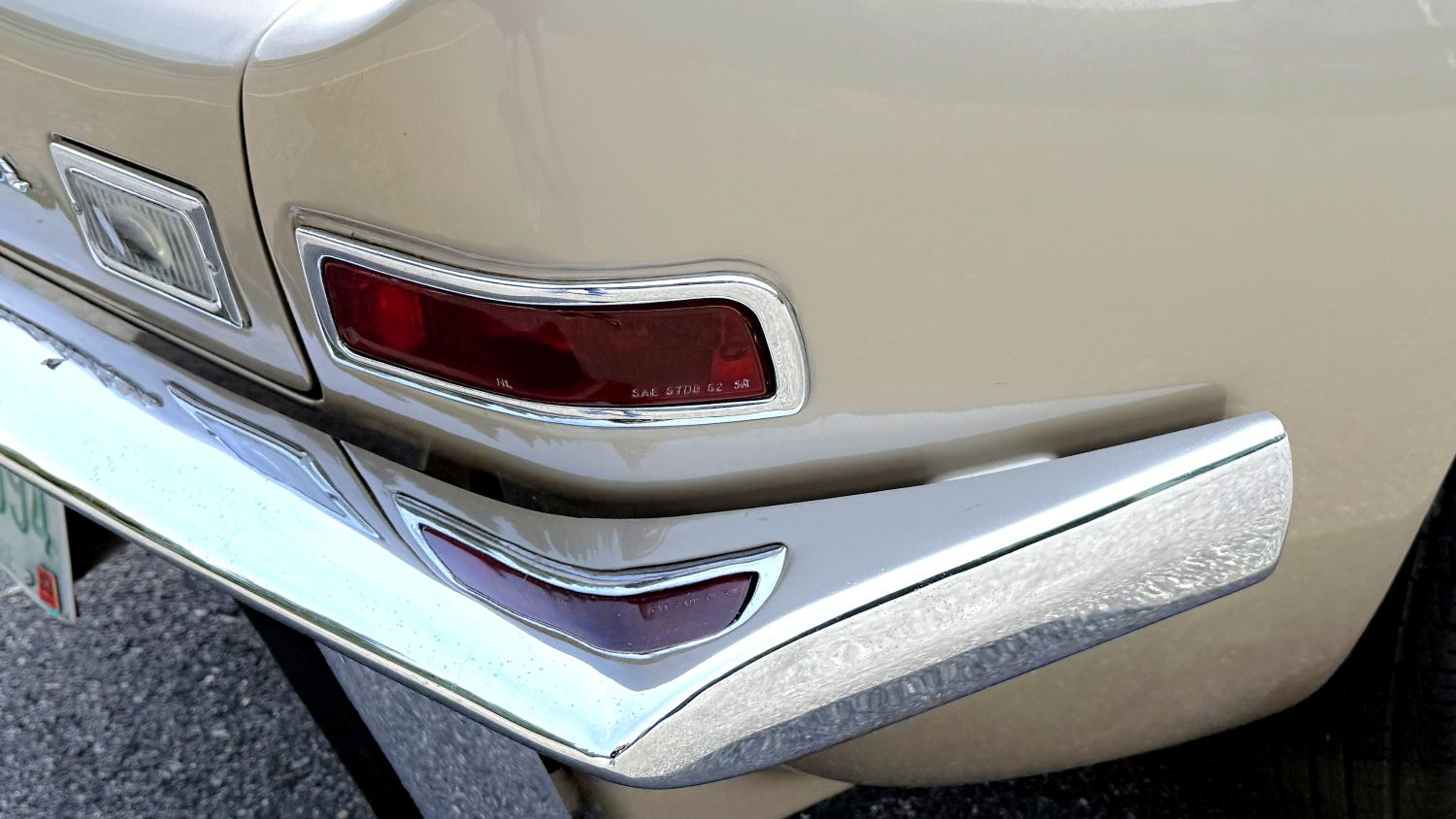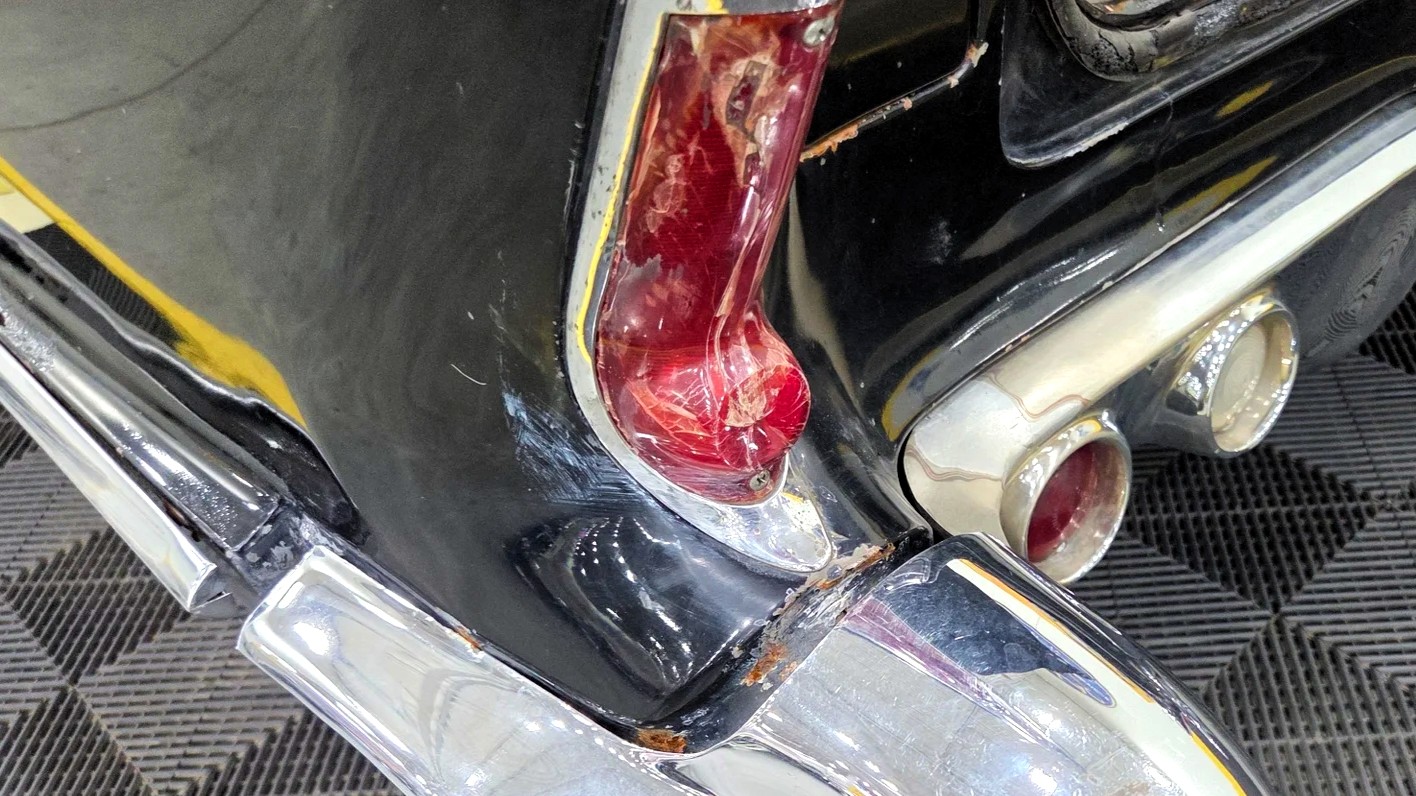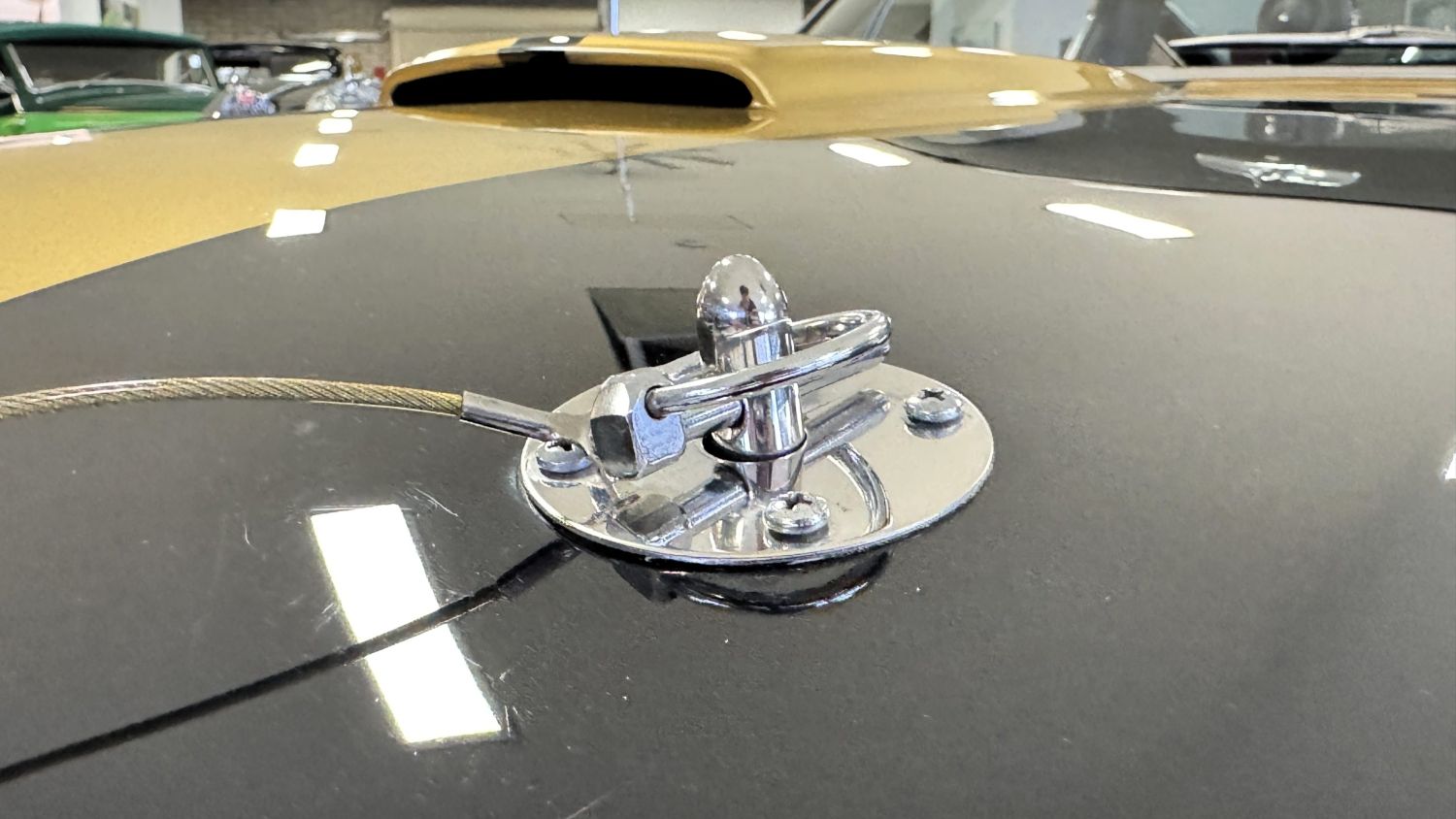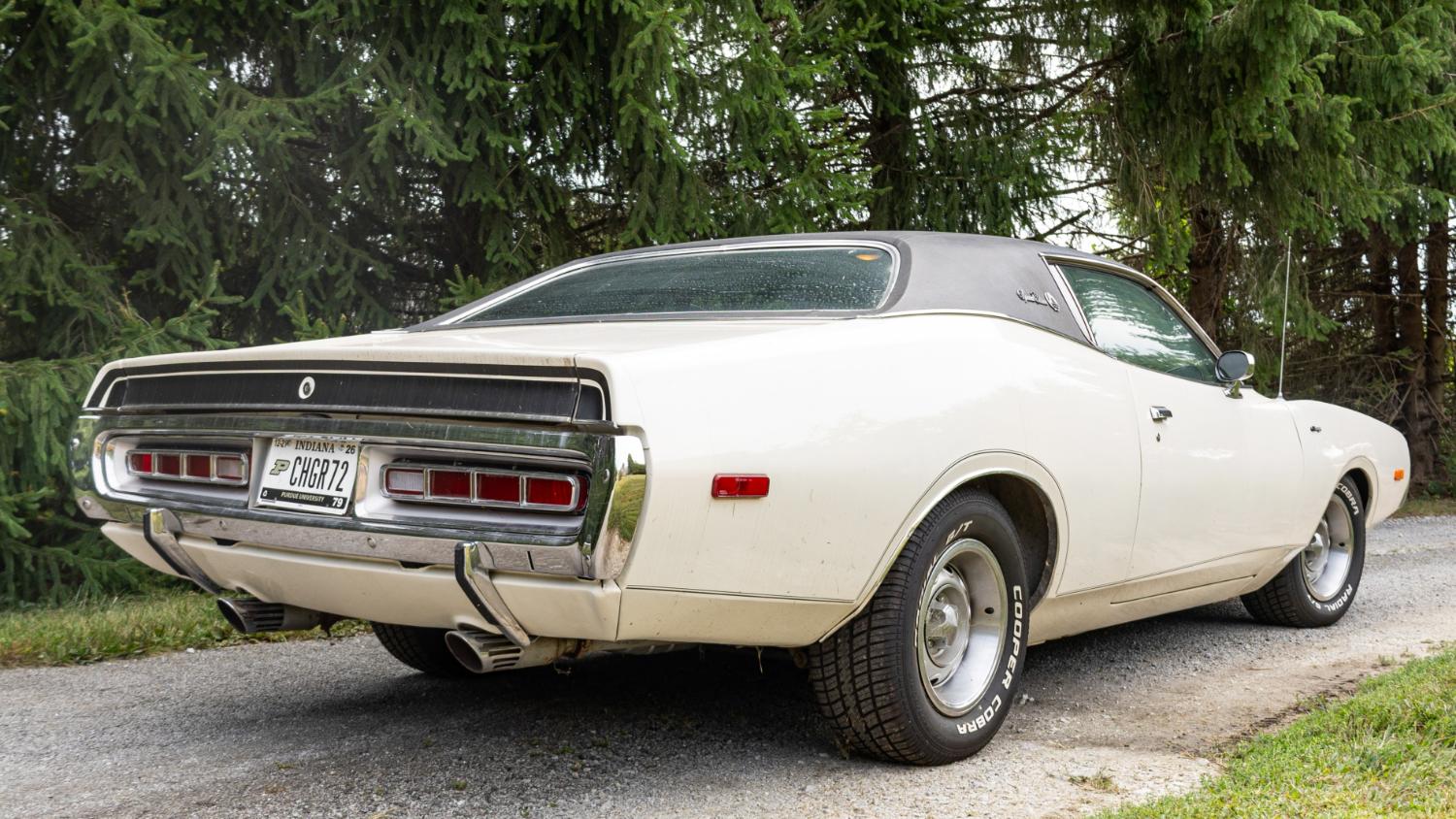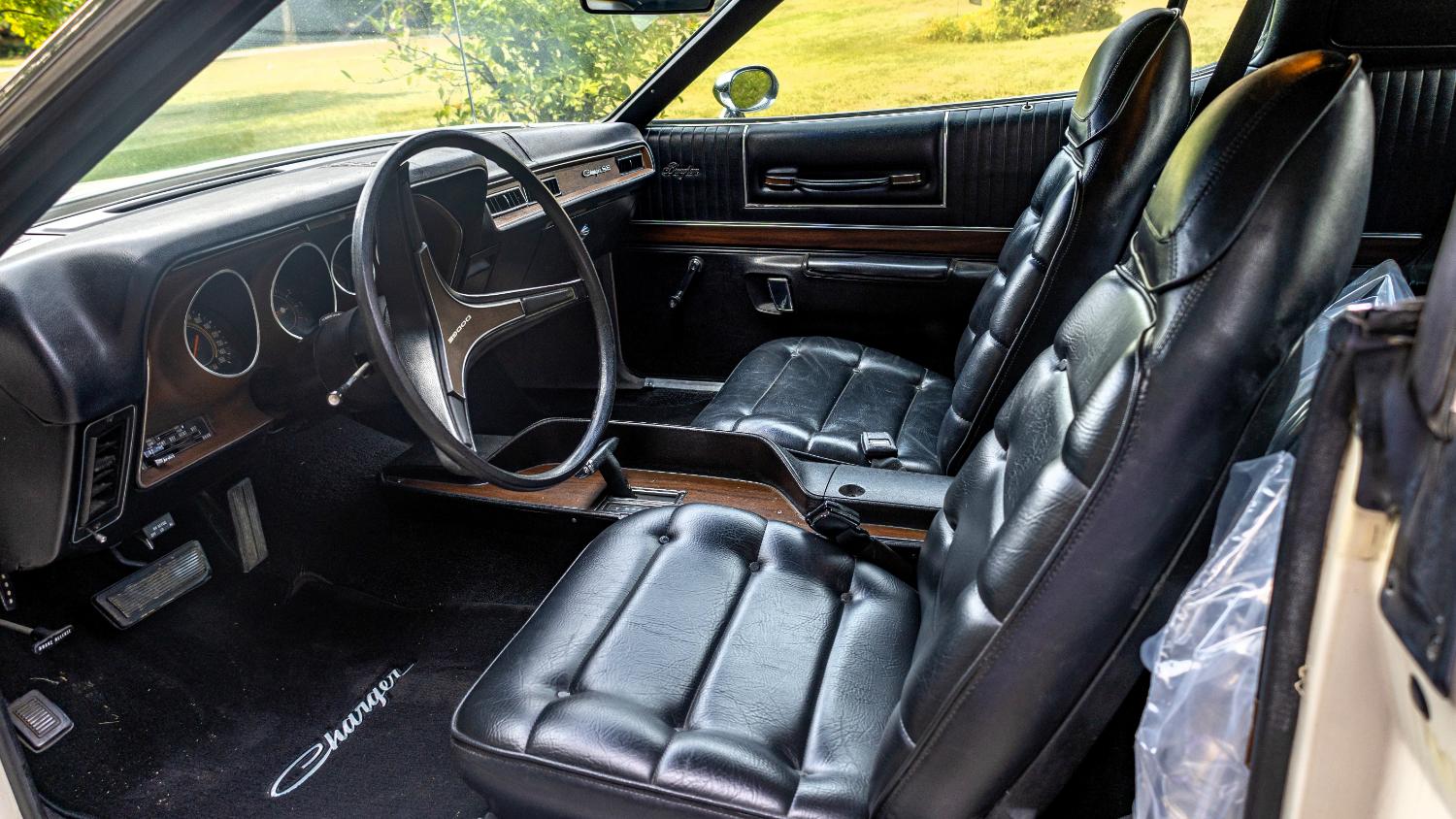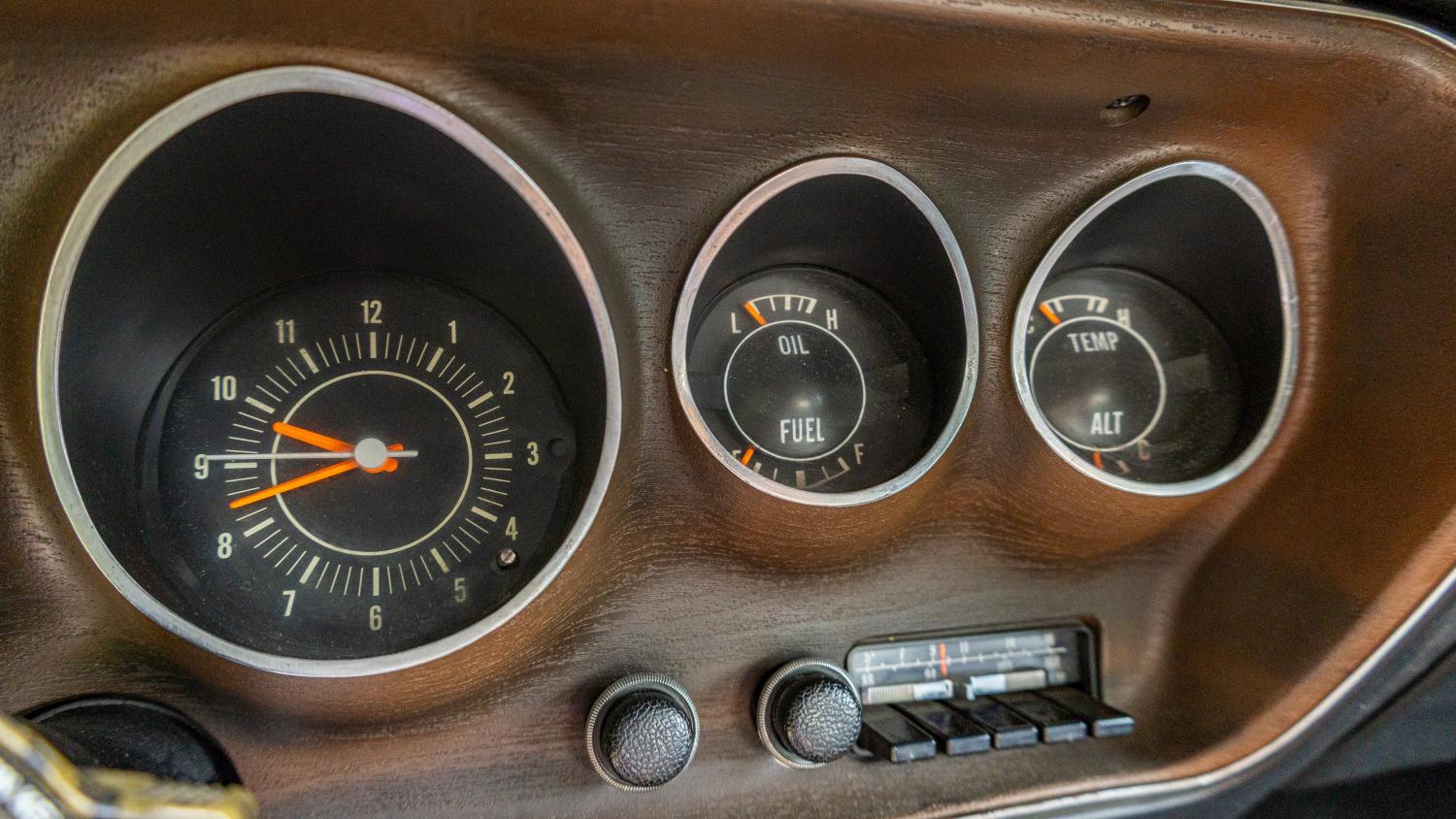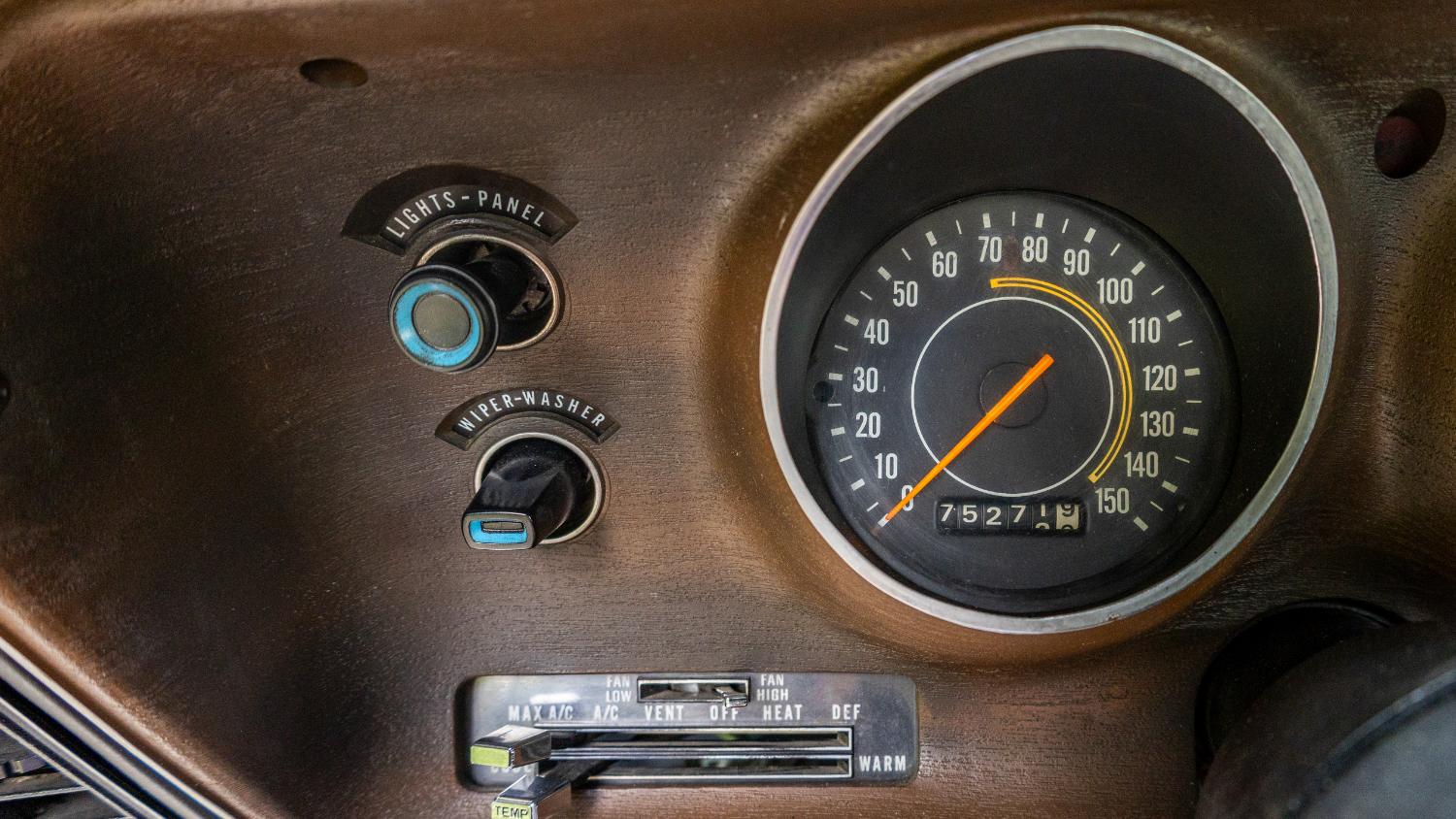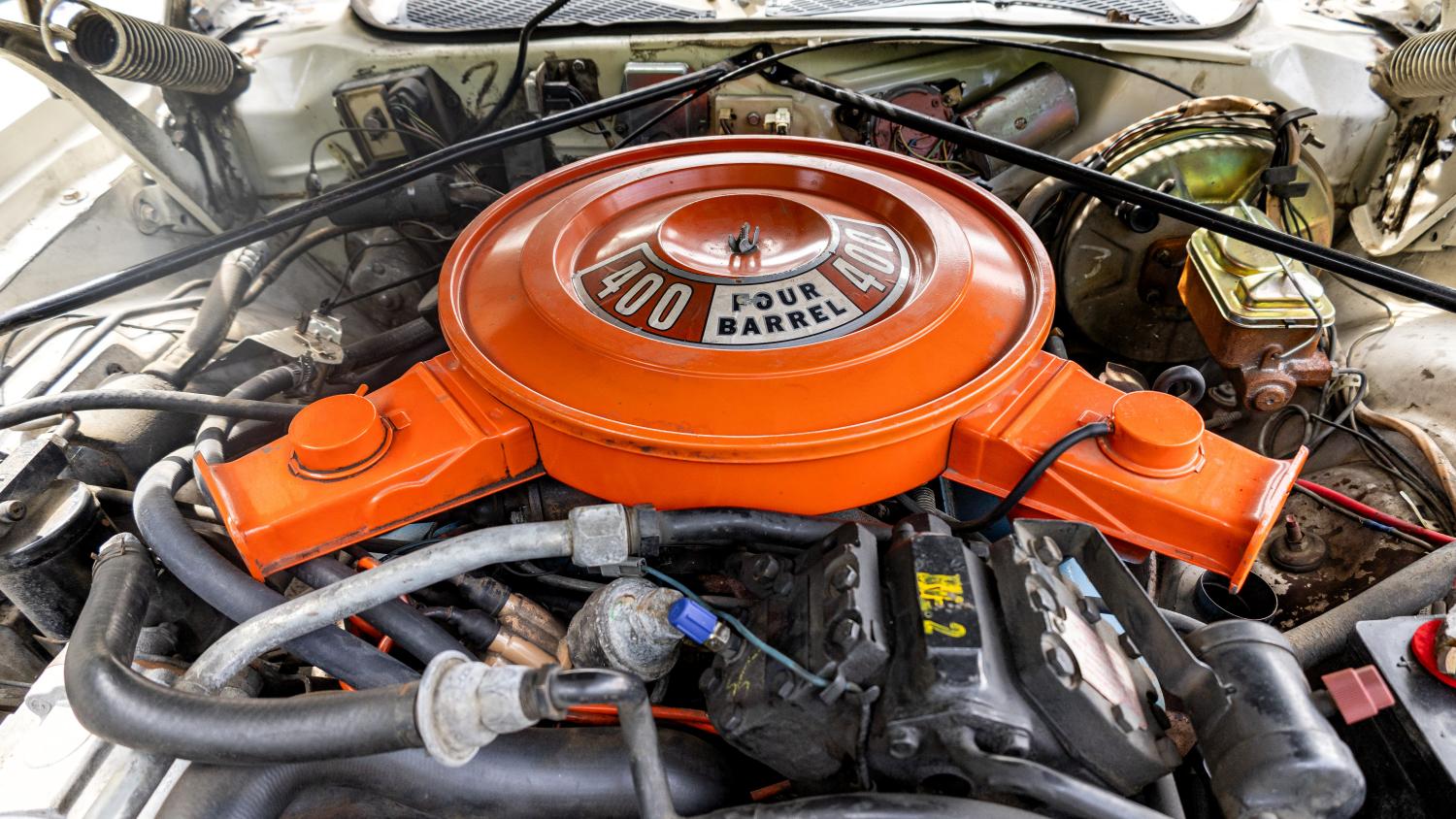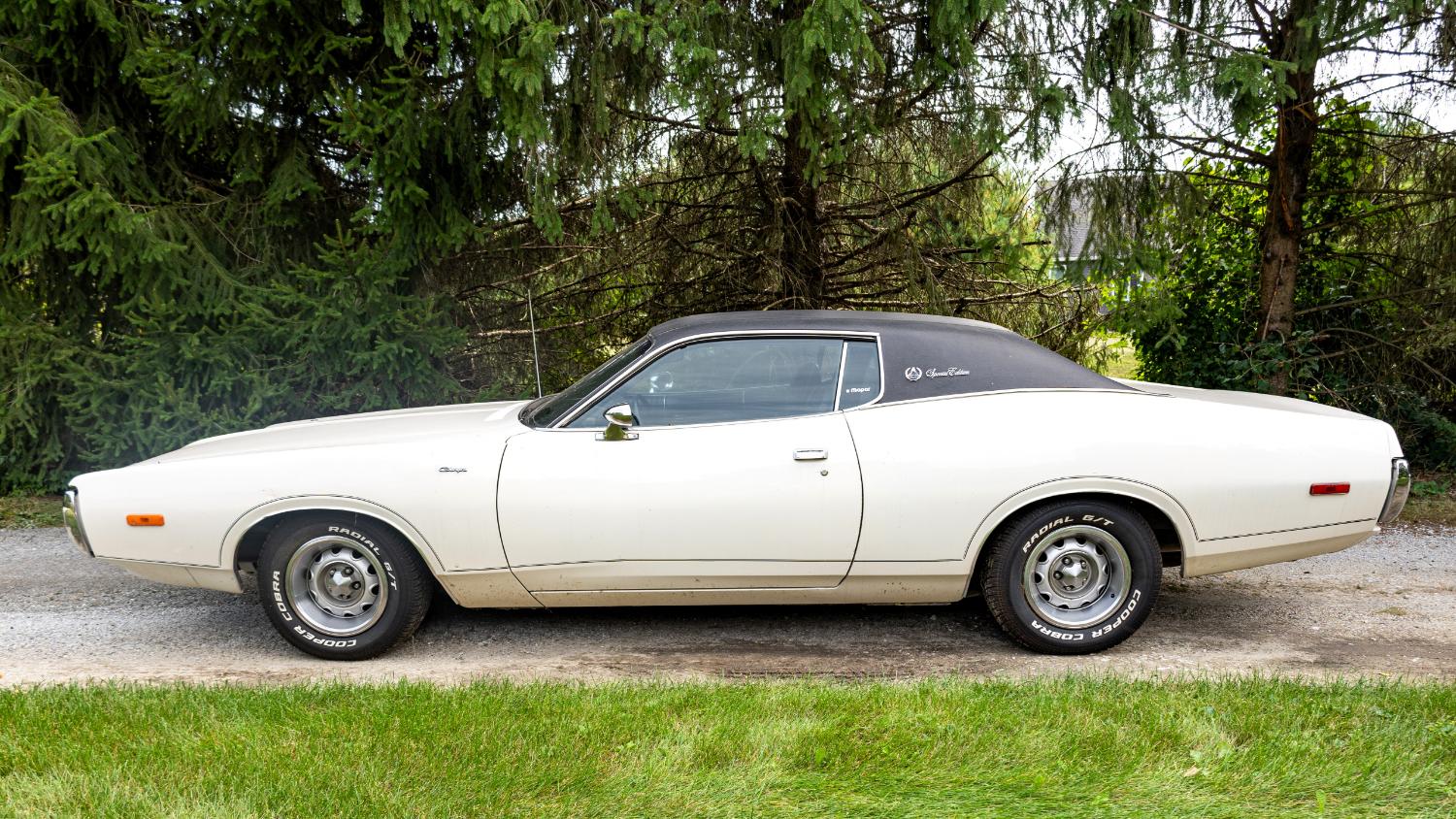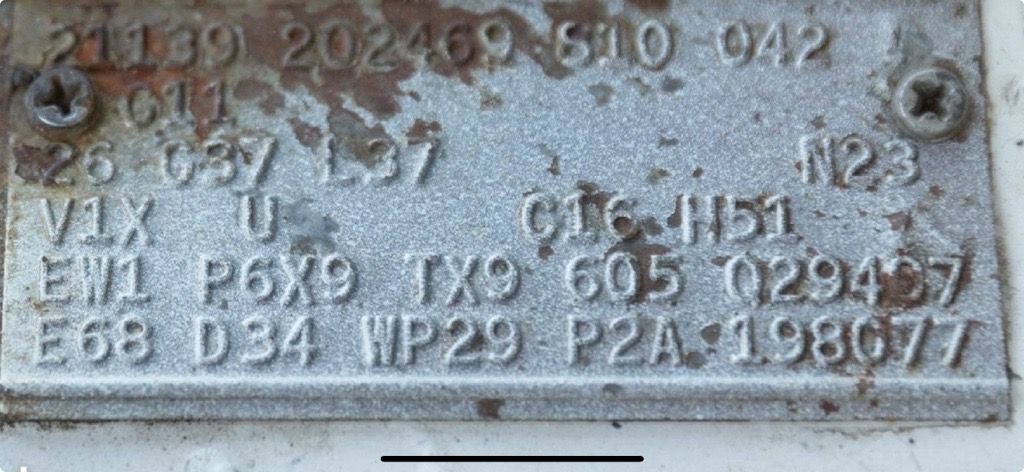It has been over 13 years since the legendary Carroll Shelby passed away at age 89, but the iconic Mustangs that his team crafted continue to captivate performance-car enthusiasts around the globe. Featured on AutoHunter is this 1966 Ford Mustang Shelby GT350H fastback. It is being sold by a dealer in Scottsdale, Arizona, and the auction will end Friday, October 3, 2025, at 12:45 p.m. (PDT).
Nicknamed “Rent-a-Racer,” the GT350H was a high-performance variant of Ford’s popular pony car that was made available to the public via a unique partnership with the Hertz rental car company. The ‘H’ in the car’s name, as one would expect, indicated that it was part of the Hertz program. A May 1966 story from Car and Driver says that the going rate for such a rental—in New York, anyway—was $17 per day and 17 cents per mile.
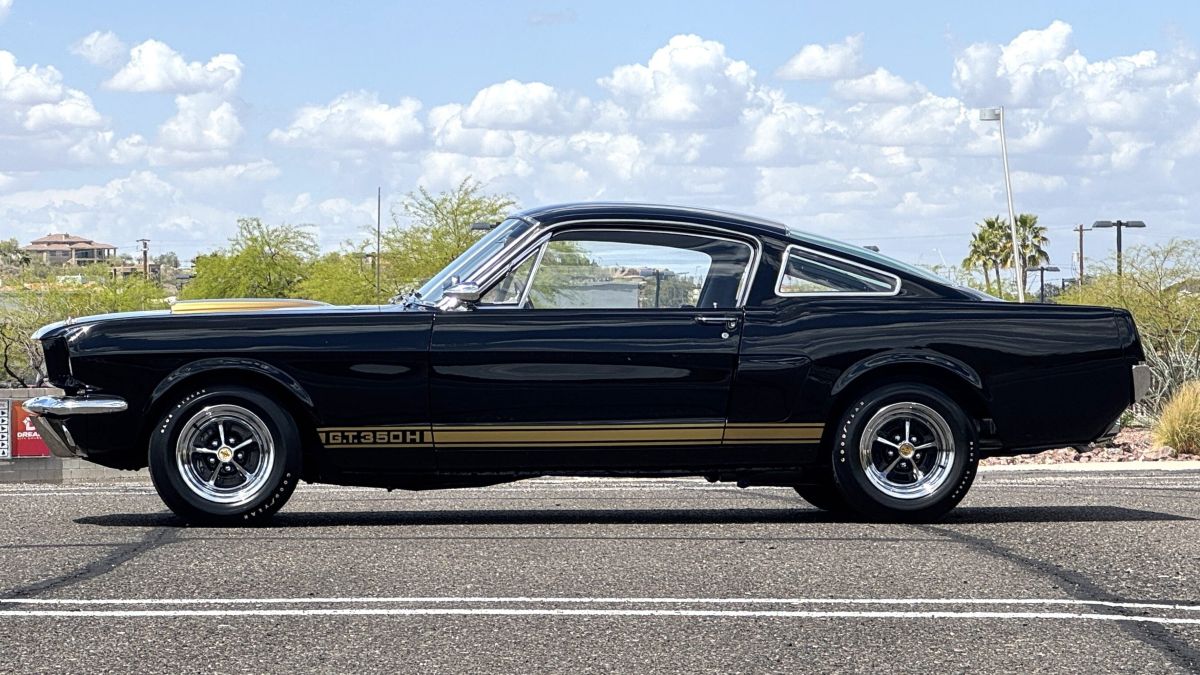
Most of the 1,001 produced GT350H models were finished in Raven Black (code A) like this one. According to the listing, the car went through refurbishment in 2021. Noteworthy exterior features include chrome brightwork, hood pins, gold striping, driver’s-side mirror, and 14-inch Magnum 500-style wheels wrapped in Goodyear Blue Streak tires. The interior has been graced by Shelby’s signature on the dashboard. Cockpit equipment includes black vinyl low-back bucket seats, lap belts, AM radio, heater, Cobra-branded shifter, and wood-look tilt-away steering wheel.
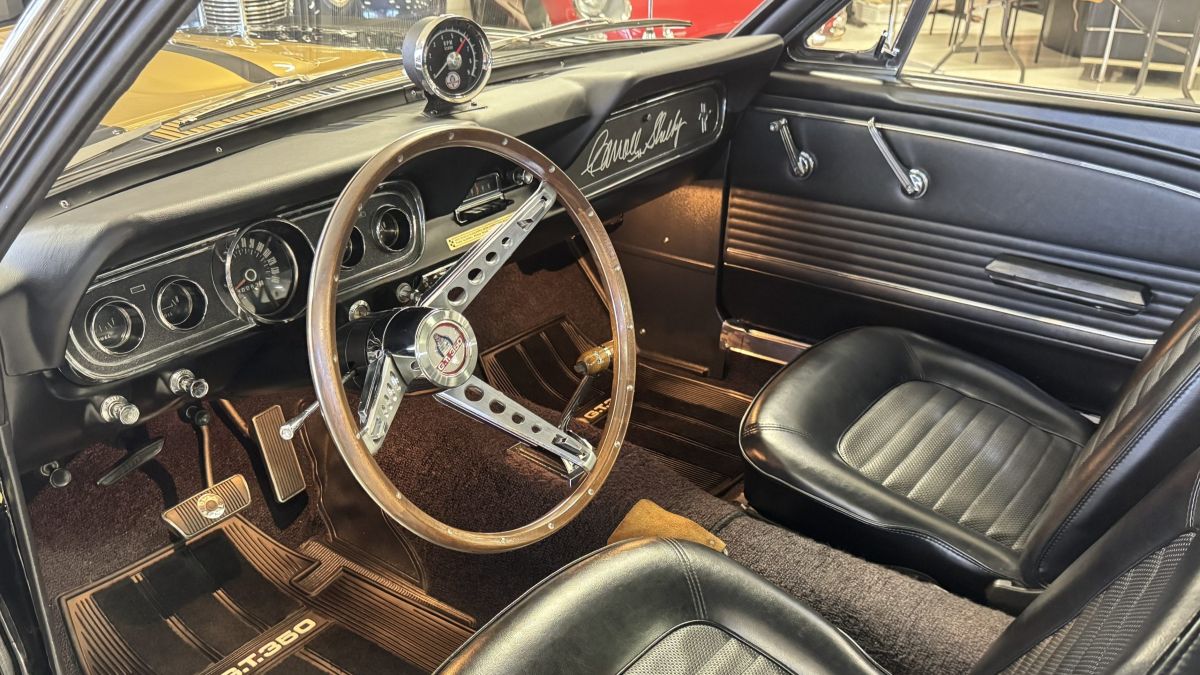
Shelby’s primary Los Angeles facility, which was located near LAX airport, handled the many upgrades that would set apart a stock Mustang from a GT350—the most notable of which included enhancements to the drivetrain and suspension. Under the hood of this GT350H is a Hi-Po 289ci V8 mated to a SelectShift Cruise-O-Matic C4 three-speed automatic transmission. One big update took place later in life when the car received a Paxton supercharger, which was available from the factory.
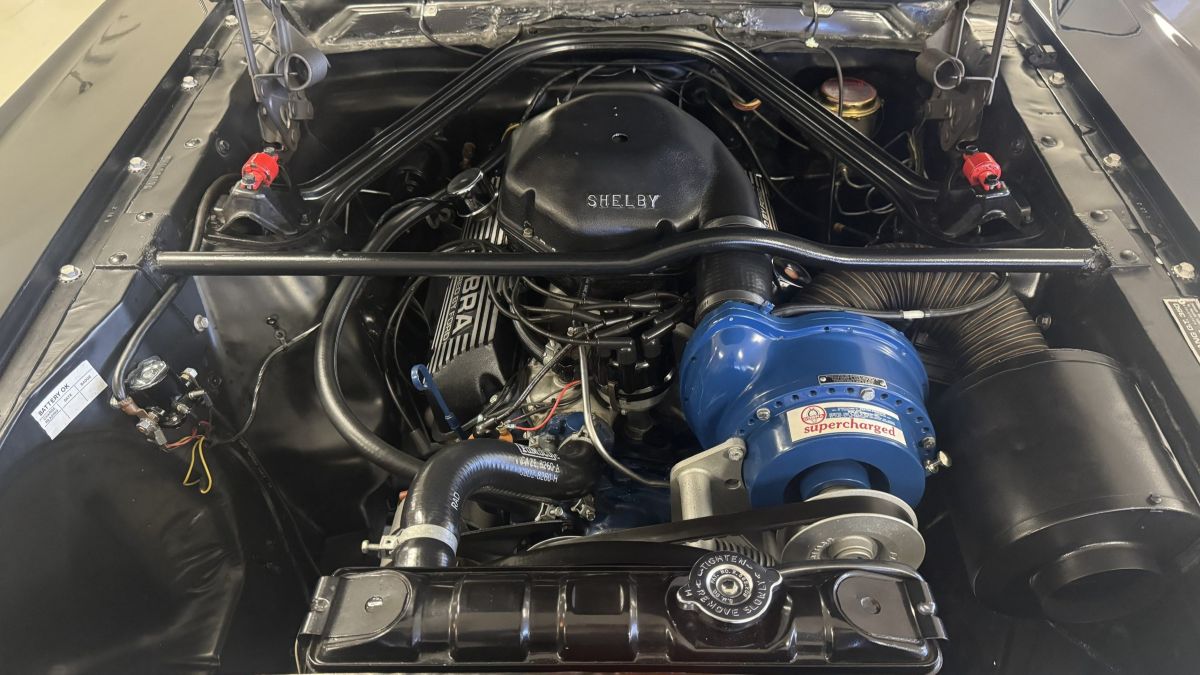
The AutoHunter listing outlines some of the car’s mechanical features, which include an Autolite 595cfm four-barrel carburetor, cast-aluminum high-rise intake manifold, “tri-Y” headers, a baffled aluminum oil pan, and Cobra valve covers. The odometer shows 80,092 miles, which the selling dealer asserts to be an accurate reading (the title reads mileage-exempt).
Car and Driver said, “Good things do come for the driver of a GT350. Its cornering ability is a lovely mixture of the beast getting the better of you and you keeping hold of the tiger’s tail. The taut suspension, well-controlled geometry, and big tires suffice to keep it on the road at insane speeds.”
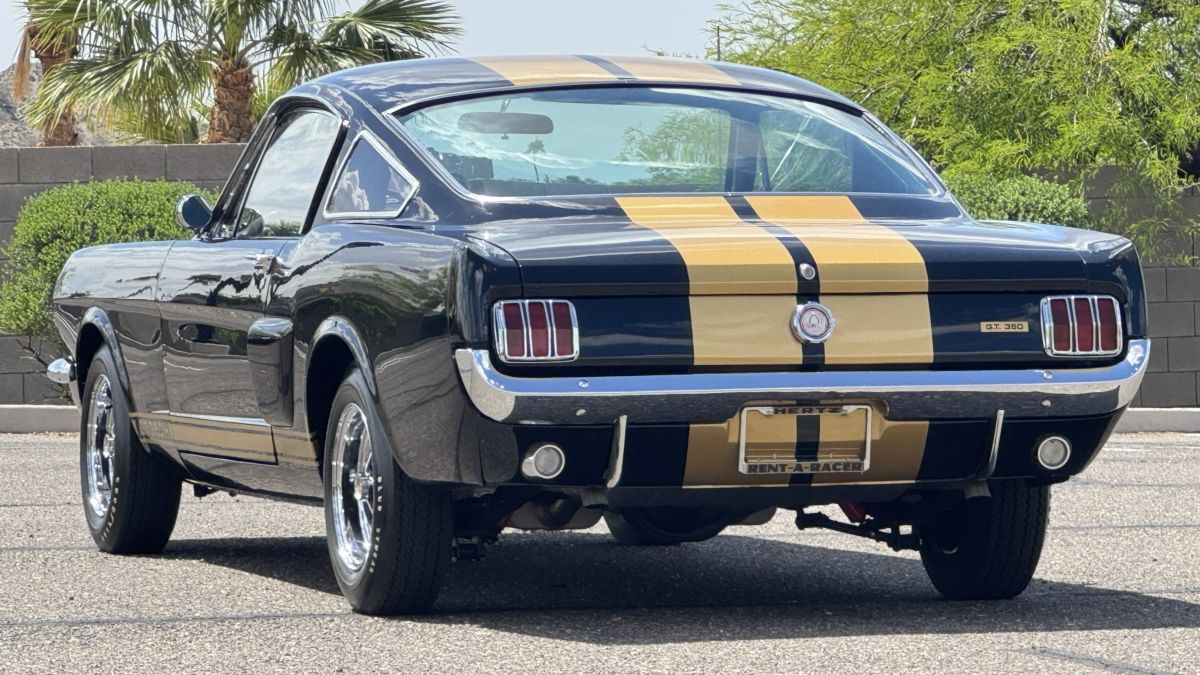
After seeing that the GT350H went for $17 per day in 1966, I was curious how much it would cost to rent a high-performance car in modern day. Turns out, a 2010 Ferrari California can be rented for $381 per day in Phoenix via Turo. Given the choice, though, I’d opt for a classic Shelby all day long.
The auction for this 1966 Shelby GT350H Fastback ends Friday, October 3, 2025, at 12:45 p.m. (PDT). Accompanying the car are a copy of the original delivery receipt and a serial number verification document from the Shelby American Automobile Club.
Visit the AutoHunter listing for more information and a photo gallery

